An important part of the work that Food 4 Farmers does for families is host information sessions. These sessions focus on seasonal hunger issues and discussions about life at home. The workshop I observed was about 4 hours long, and most of the women had traveled at least an hour to get to the class. At first the women were shy, but as the workshop progressed everyone seemed to relax.
I was really impressed by how naturally Marcela connected with these women. They seemed to warm up to her very quickly.
One girl came with her mother to take notes.
As part of the workshop, the class split up into four groups and wrote out a list of meals they might typically have for breakfast, lunch and dinner.
A young boy watches his mother.
Women from each group presented their diet to the class. Two of the groups elected to have the young girls read to the class.
By the end of the class all the women were talking, laughing and sharing stories. It seemed to be very empowering and freeing for them. After spending 4 hours with these women, I felt very comfortable talking with them in my limited Spanish, and I asked a few of the women if I could take their portraits. They said yes, and were such a pleasure to work with — and, as I mentioned last post, very much themselves in front of the camera. When it was time to say goodbye, we all hugged and kissed.
A central focus of Food 4 Farmers’ work is coming up with long-term solutions to hunger that are specific to the communities they work with. This means extensive interviewing, asking in-depth questions about the lives of farmers and their families. Marcela conducted many of these interviews herself, but she also trained two men from the region to perform these interviews, so that the work could be done as “locally” as possible.
Both men will be taking time off from their normal work to perform 4-6 interviews a day (each takes at least an hour) for one month.
Once Marcela had taken them through training, she helped facilitate two practice interviews with farmers to monitor their skills and help guide them through the process.
It was great to watch them become more confident as the interviews went on. I could tell that they were able to make a strong connection with the farmers as the interviews went on.
I was able to spend a few minutes with both farmers before they had to travel home.
The workshop and interviews were all facilitated at the SOPPEXCCA office, and I got to know everyone very well before I had to come back to the US. Here is a picture of the team!
Fatima is the general manager of SOPPEXCCA. She is a truly incredible woman with an amazing work ethic and commitment to her job. I wasn’t able to spend much time with her, because she is very busy. But I thought it spoke volumes about her character that her staff showed such respect for her as their leader. It was inspiring to see so many men talk about her in this way.
SOPPEXCCA has a small cafe next to their office. It is probably the nicest cafe in all of Jinotega.
One project that SOPPEXCCA had recently launched was a small lunch restaurant on the main road. It is run by several women who share duties in the kitchen. We stopped here several times over the course of our two weeks, and I ate some excellent meals!
The women were very friendly and warm.
Another project run by SOPPEXCCA is an organic “composteria.” The co-op has created an incredibly rich compost for their coffee and cacao plants that helps replenish the soil and is much more affective than other sources. When there is extra compost, it is quickly snatched up by other coffee companies to use for their soil.
Maurizio gave us a tour of the plant.
They had decided to create an experiment where they tested their compost for growing vegetables. Maurizio prepared the soil and they planted their experiment.
Even though the composteria is a large operation, only a few people are needed to run it. They know how to do everything, and are experts in their work.
We also visited a very successful husband & wife team who grow their own coffee and sometimes have tourists stay with them. They were very proud as they showed us around their finca.
I should also mention that they had several beautiful dogs.
Some one-year-old coffee plants. Coffee typically takes 3 years to begin producing cherries.
As we walked around his coffee farm, the dogs were never more than a step away. It’s good to know that he has company during harvest time.
Marcela and I became good friends with a young woman named Nora, a Luxembourgian who was working at SOPPEXCCA. We decided to get dinner with Nora one of our first nights in Jinotega, and then proceeded to have dinner with her every single night!
We travelled around Nicaragua together, and became good friends in the process.
Nora and I visited the Selva Negra coffee farm in the mountains. A German family has owned the land for the past hundred years, and in that time they built beautiful buildings, cabins for tourists and several other lovely buildings. They are known best for their beautiful hiking trails. The Vermonter in me was very happy wandering through the jungle here.
We visited Matagalpa one evening, but I didn’t want to take my camera with me at night, so I don’t have many photos of the city. It seems to be a burgeoning area; new cafes, restaurants and businesses are opening all around the city.
We also wandered over to San Gabriel, a city known for its two beautiful churches.
Everyone jokes that the painted image of the devil in this church looks like the face of the president. It has become a photo tourist destination.
Marcela, myself and Nora.
During my two weeks in Jinotega, I spent a lot of time walking the streets, observing the culture. Unfortunately, candid street shooting was basically impossible. As a white female, I had to get used to being looking at everywhere I went, but with my camera it basically got rid of any chance of my being able to sit and watch a market without being noticed. I talked nearly everyone I photographed to for a few minutes before taking a picture.
I was walking to SOPPEXCCA when I saw this young girl. She was so stunning in her red jacket, I stopped and asked if I could take a photo. She was very excited and posed for me in various different pop-culture inspired positions. I took this photo of her as I was asking her to try and be her natural self in front of the camera.
There was a big baptism celebration in the city on one of my last days, and I was able to sneak in a few shots of the parade. The country is very religious, so these days are incredibly important to families.
A young girl I met on the street.
A woman who owns a local lunch restaurant. Her small parrot is always near by.
Through Nora, I became friends who Idania. She is a local girl from Jinotega, and lives with her family in the city. She is a web designer and has a very warm personality. She invited Nora and me over for dinner one evening and she made us crepes – such a treat! I felt very thankful that she invited us to her home, as it is not customary to have guests over for dinner.
A banana truck on its way to unload.
In my last hour before leaving Jinotega I got very lucky. I had seen this horse-drawn taxi driver around the city several times, but I was never able to take his picture – and I just was able to sneak it in. These are not the best images from the trip, but they do touch on a truth of life in Nicaragua. This man spends his days riding around the city, bringing people from one place to another. In an effort to entice a few new customers, he found some Great Gatsby movie posters and attached them to the outside of the frame. The Great Gatsby is one of my favorite books. It is a story of the love, memory, deceit, and, above all, the classes. It is a story of those who have and those who have not – the rich and the poor. It seemed uncanny to me that he chose, among all the American movie posters, one that focuses on opulence and unnecessary abundance to the detriment of the masses.
In the mountains above the city, there is a cross that overlooks the people.
More on Nicaragua in the next blog post!


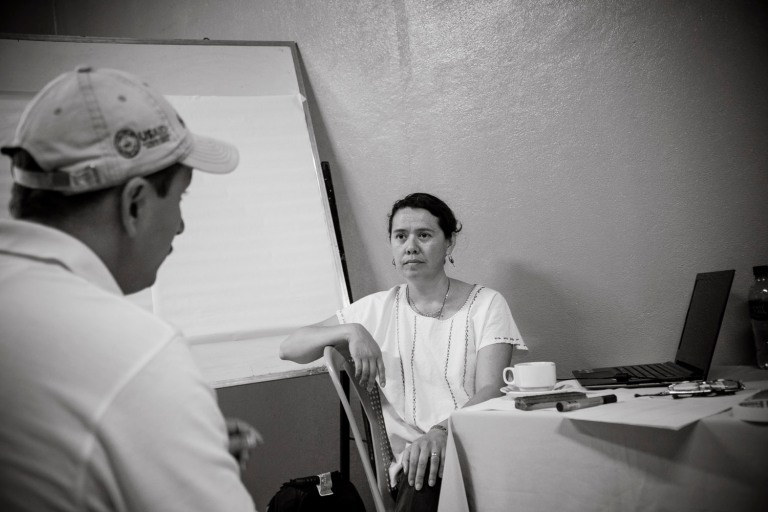

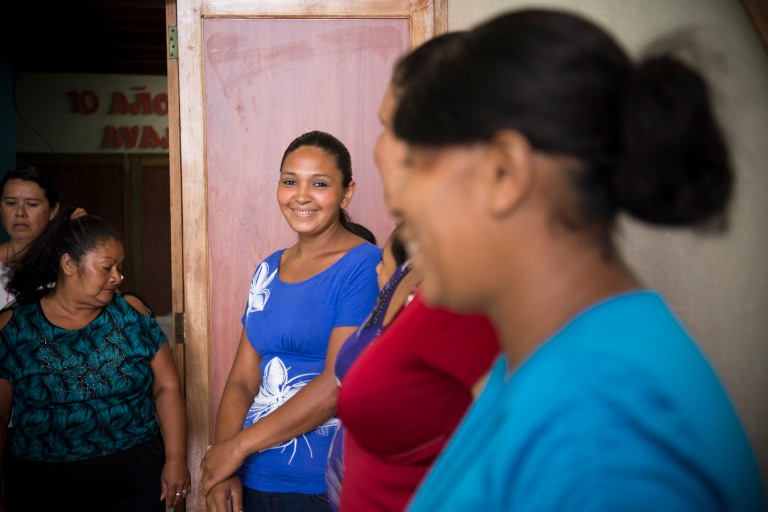

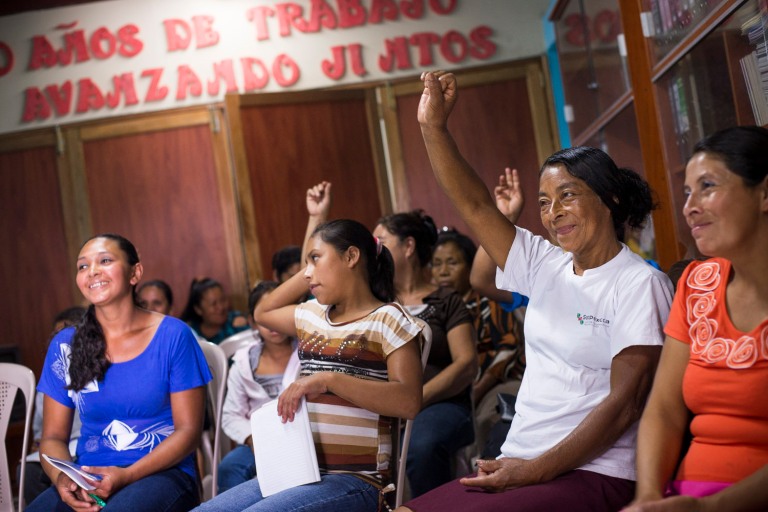
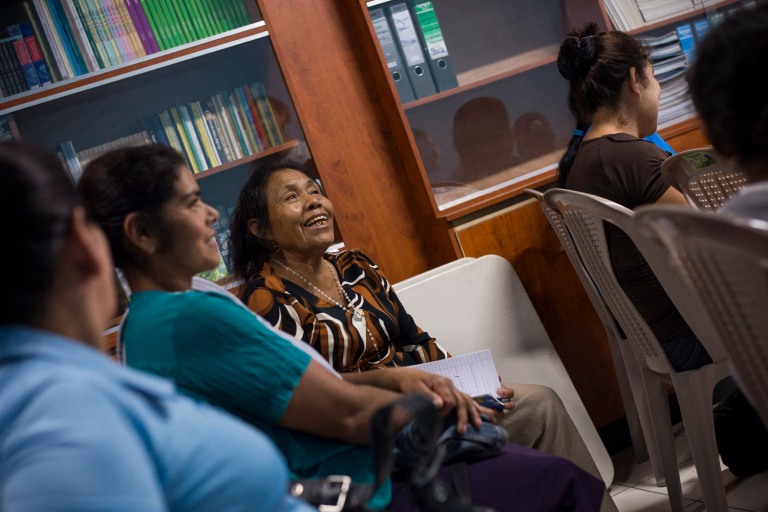
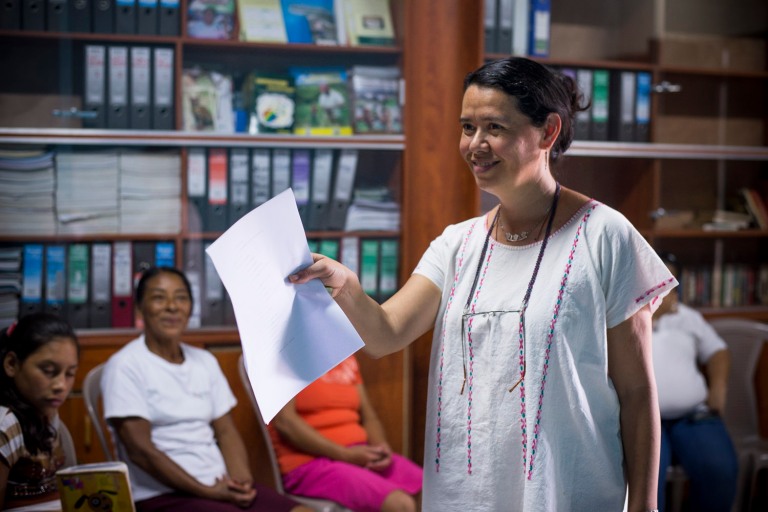

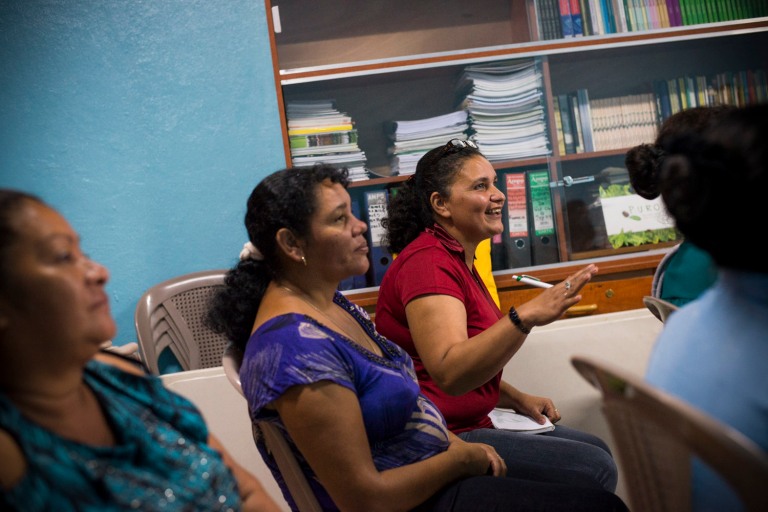


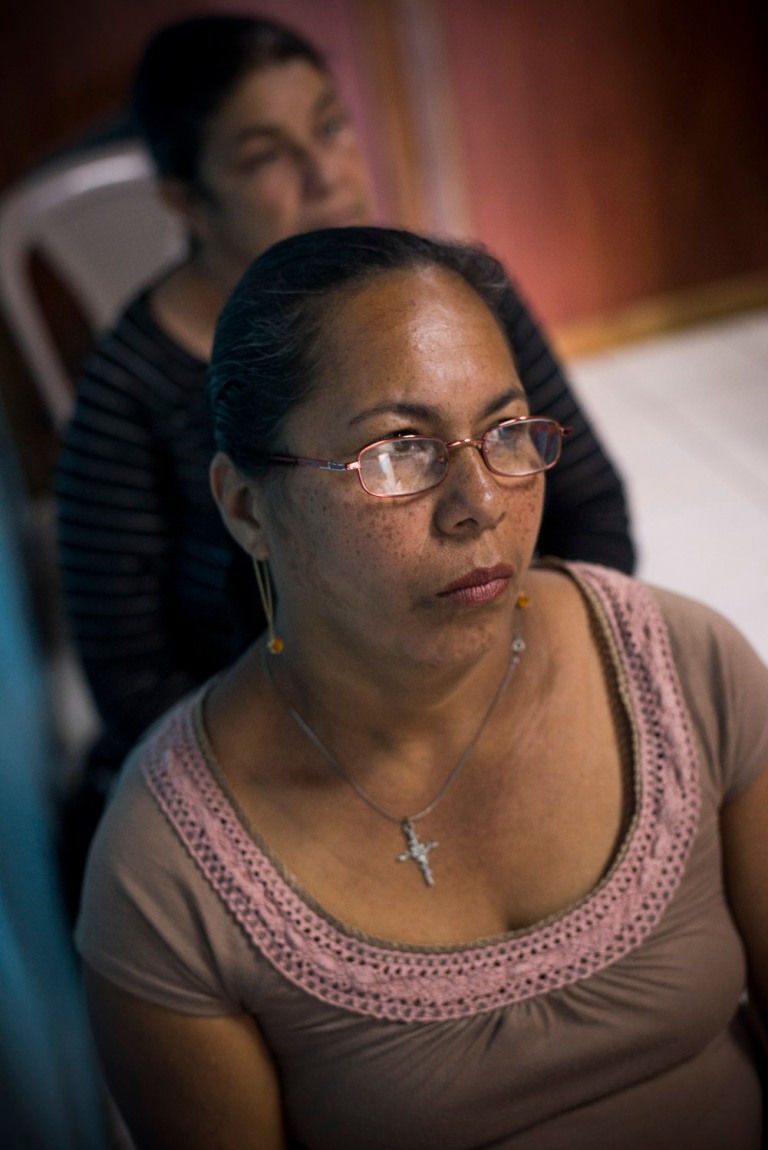



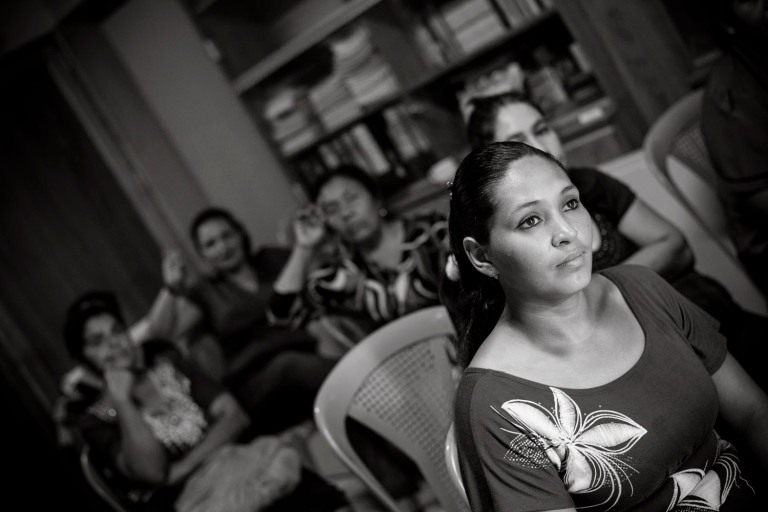

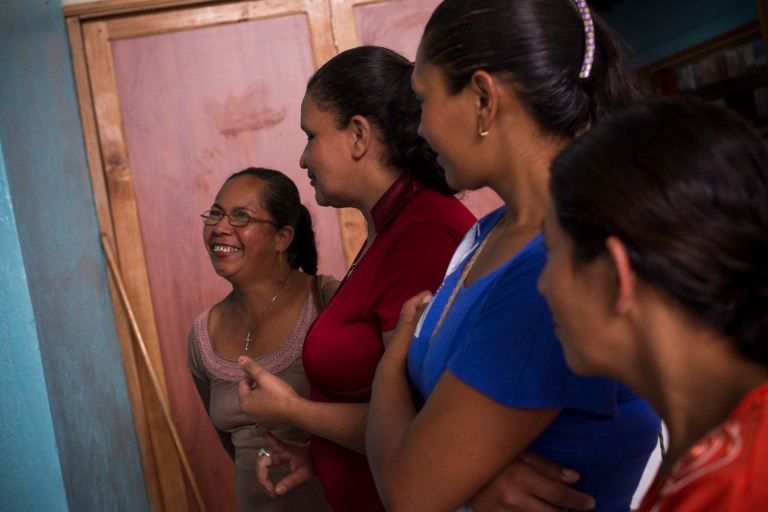
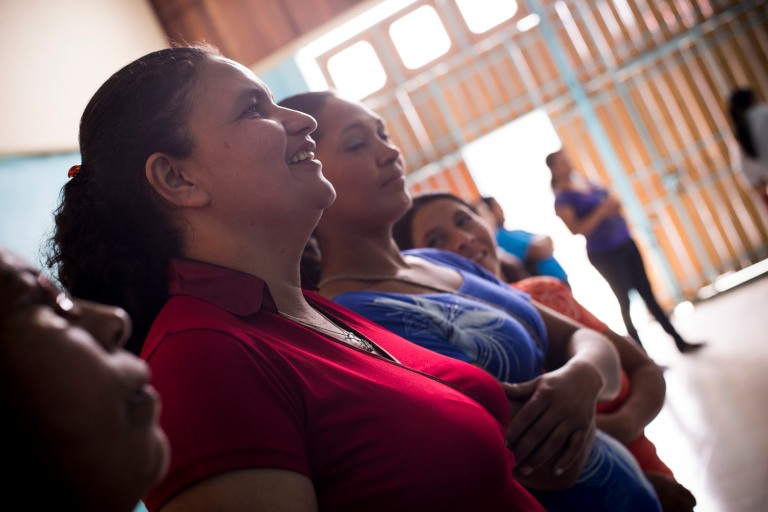


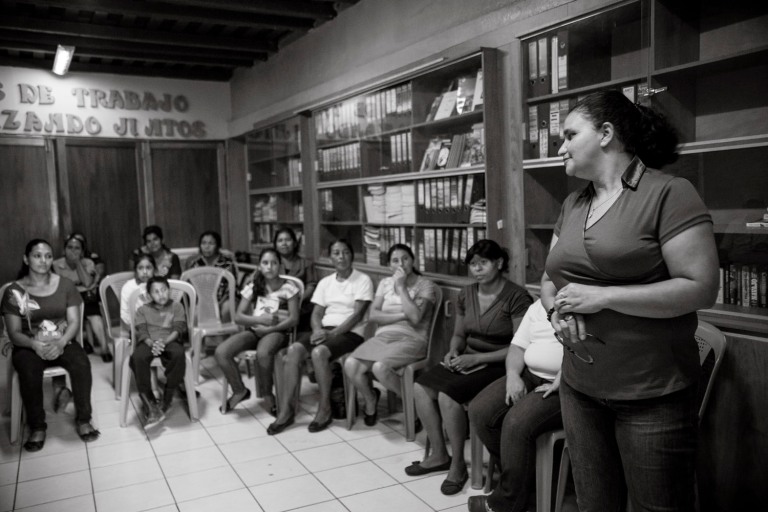
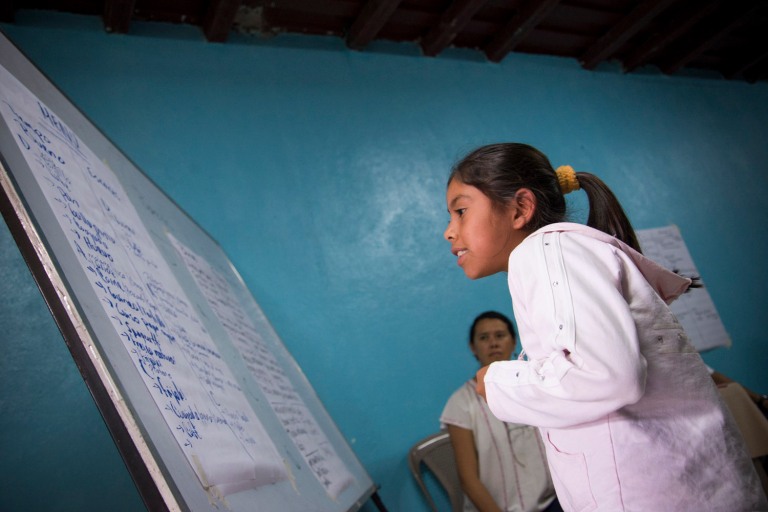
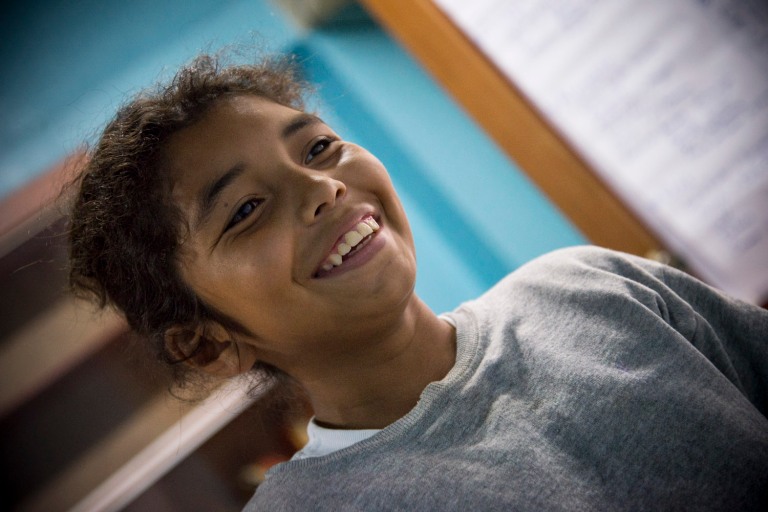
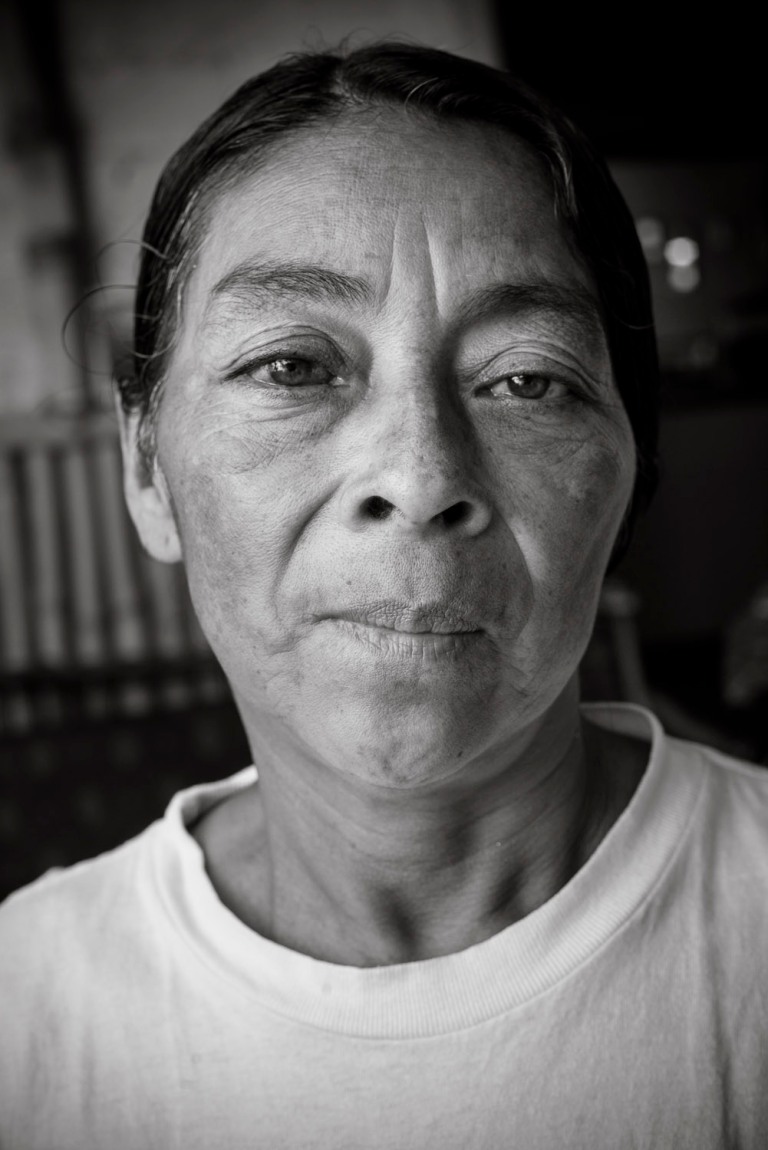
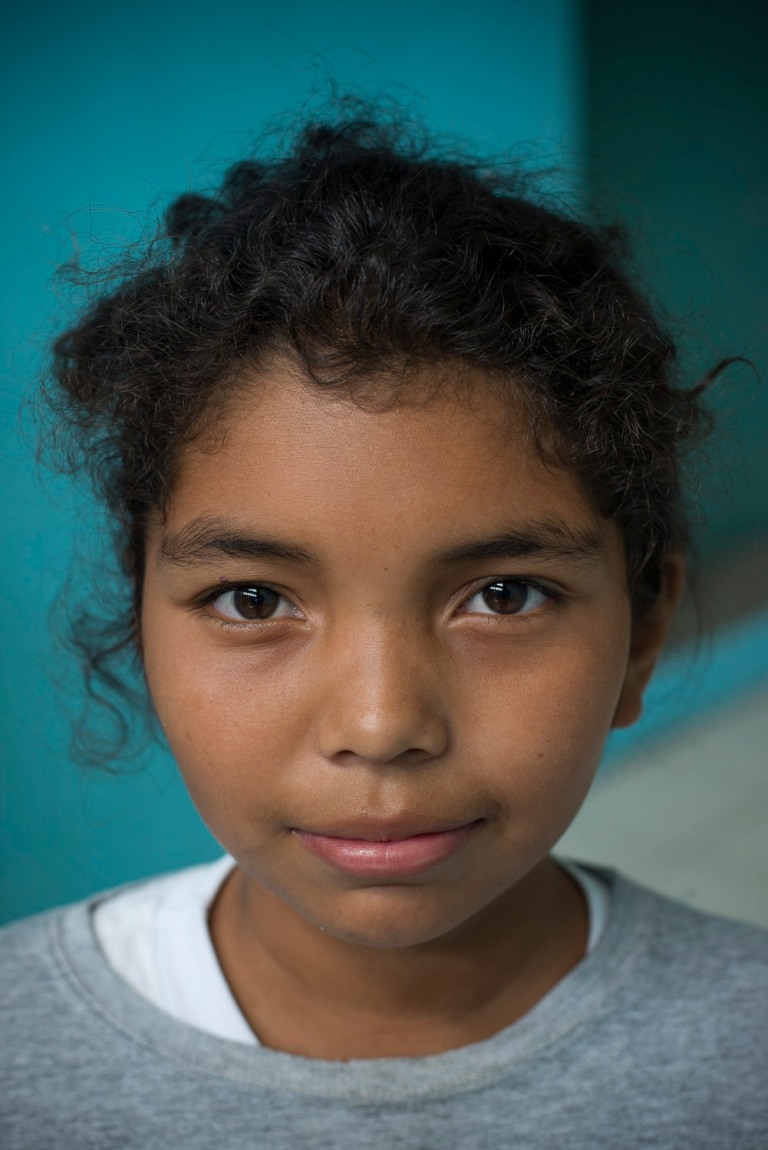

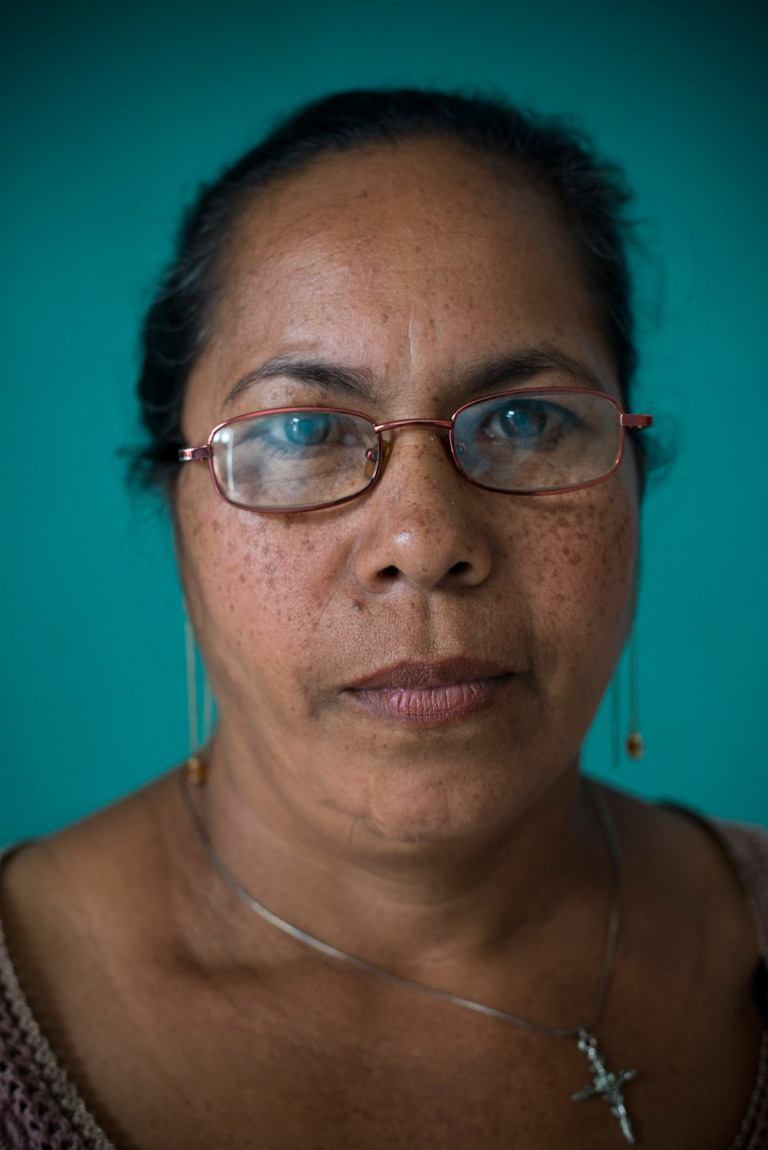
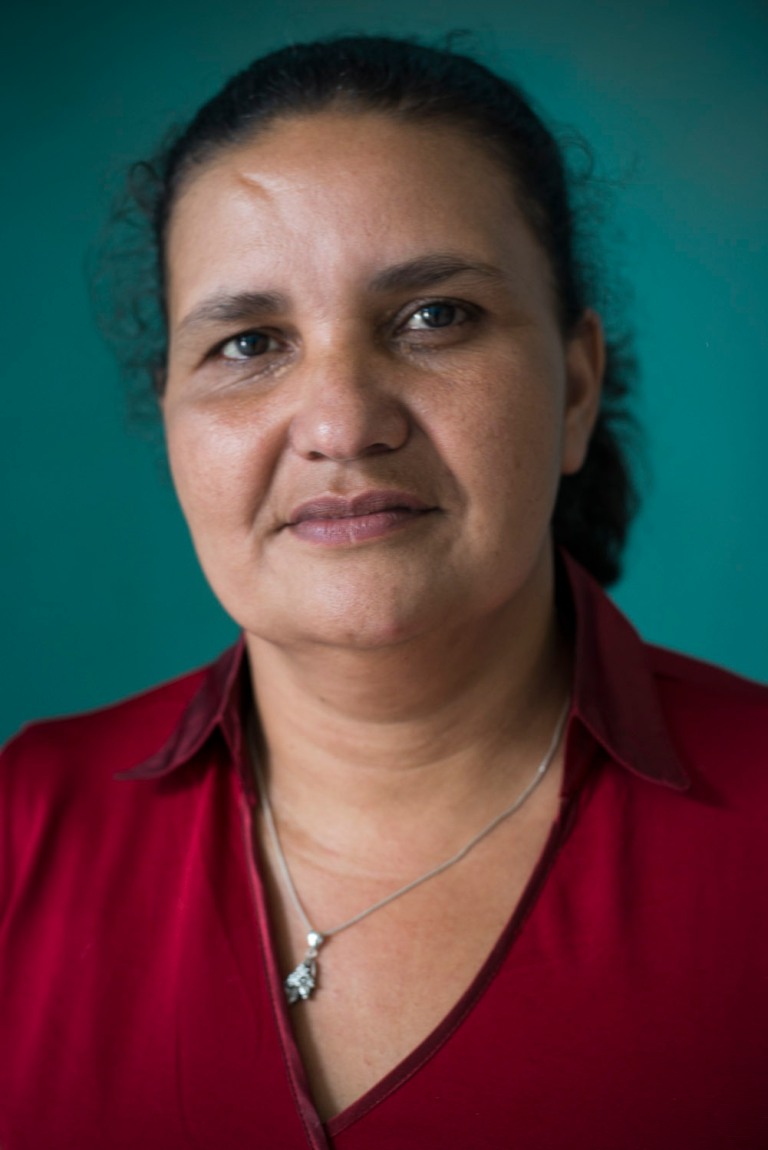
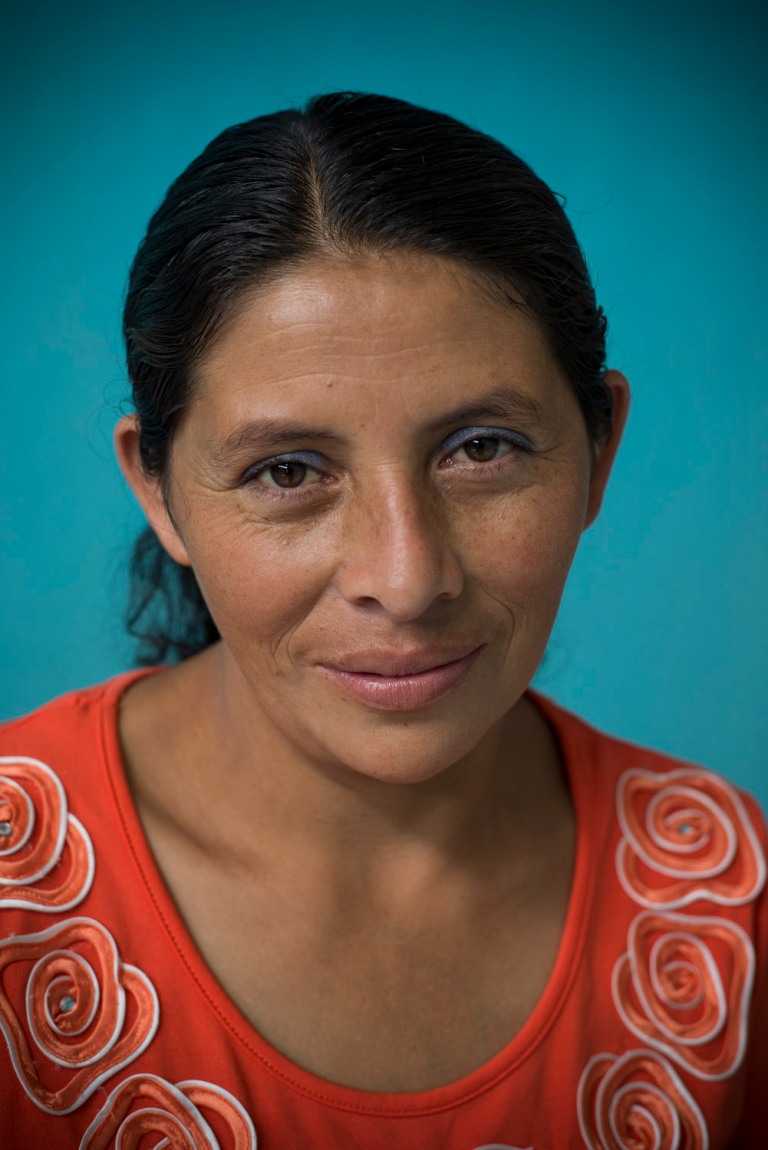
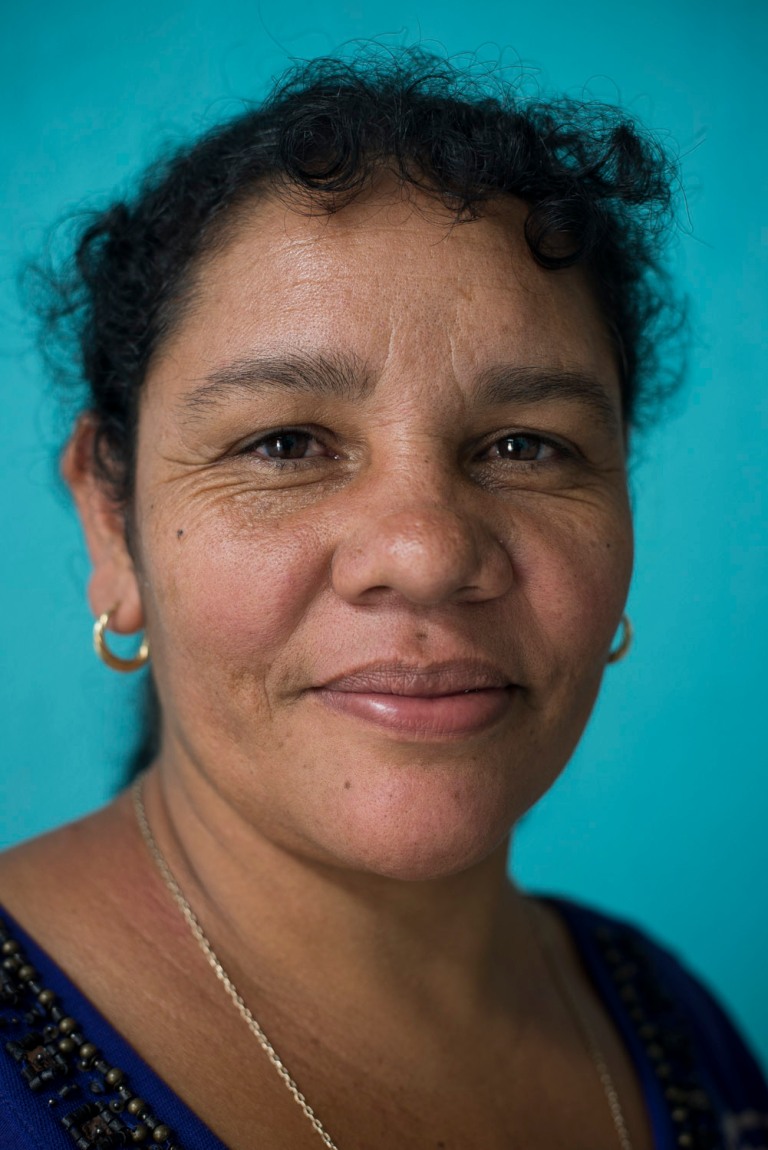
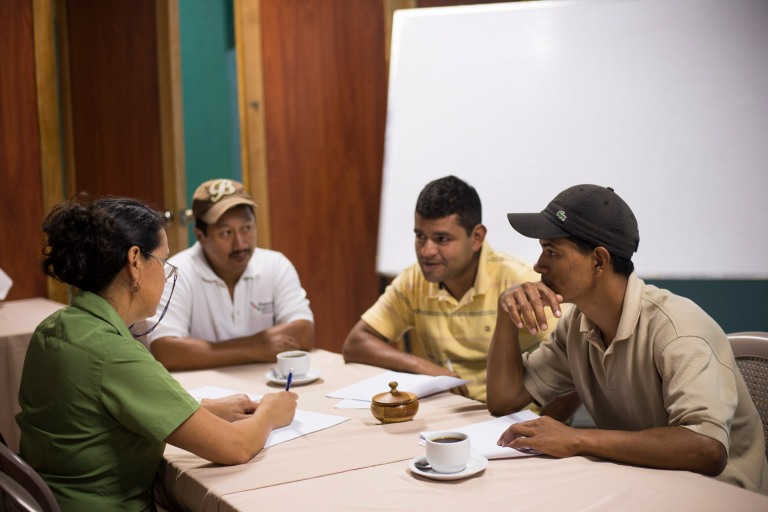




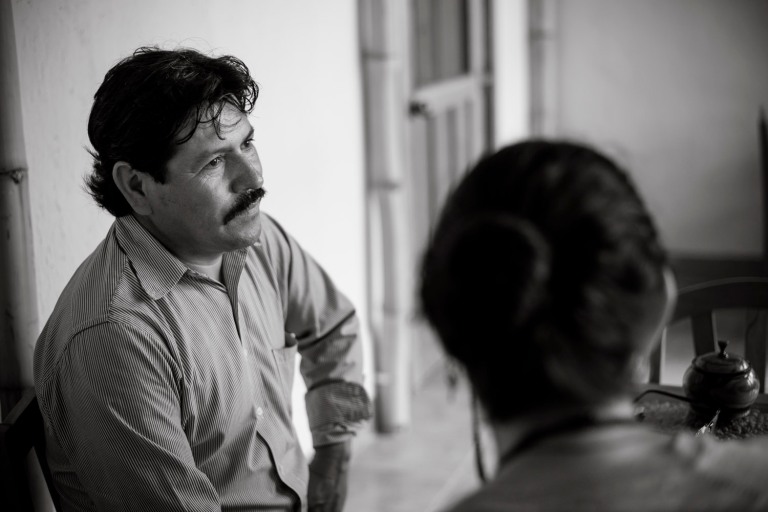



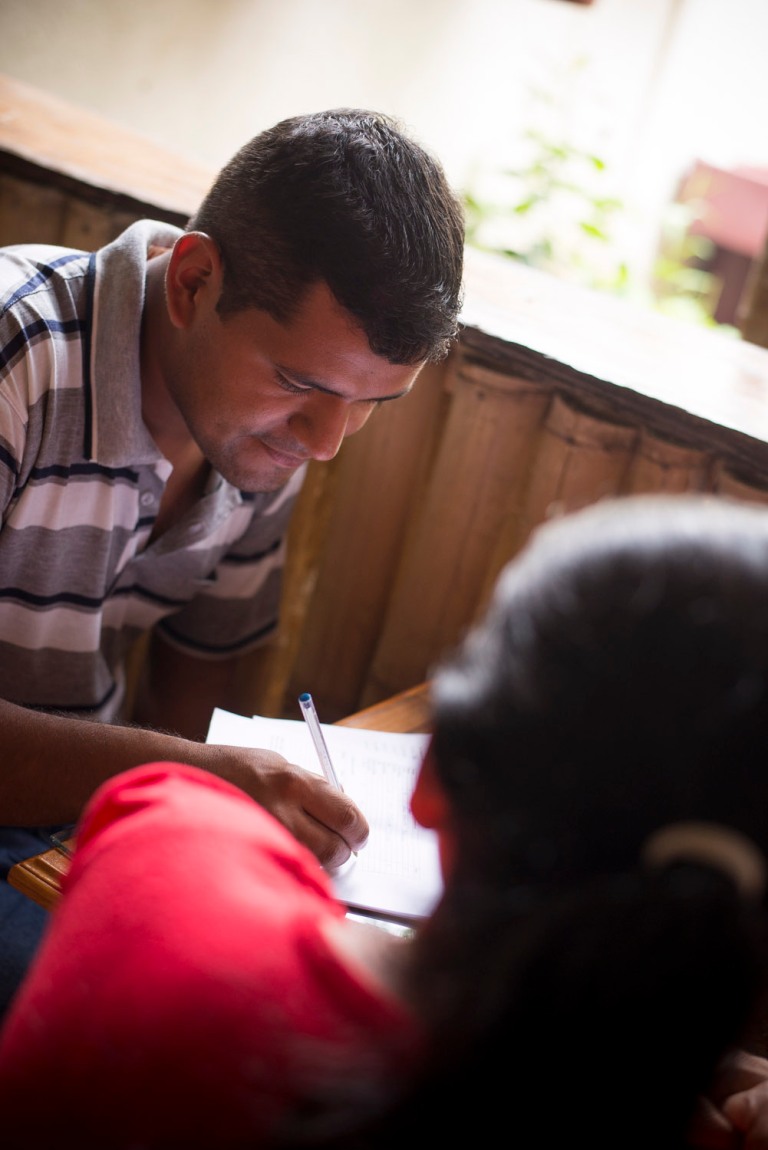
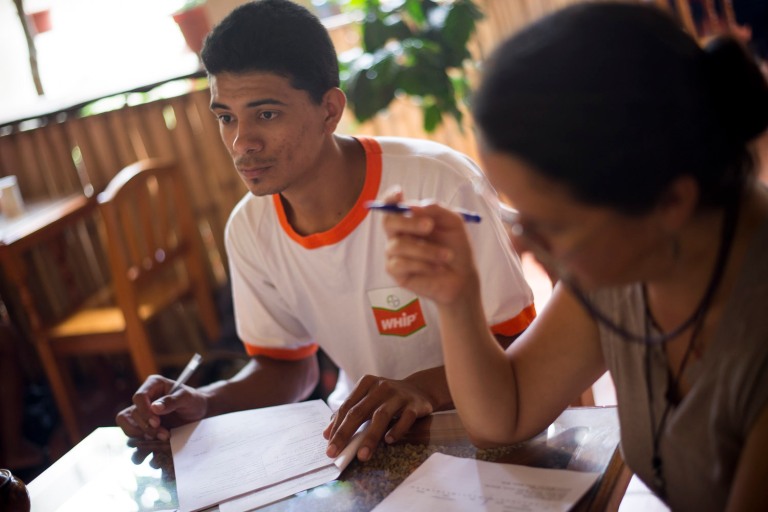

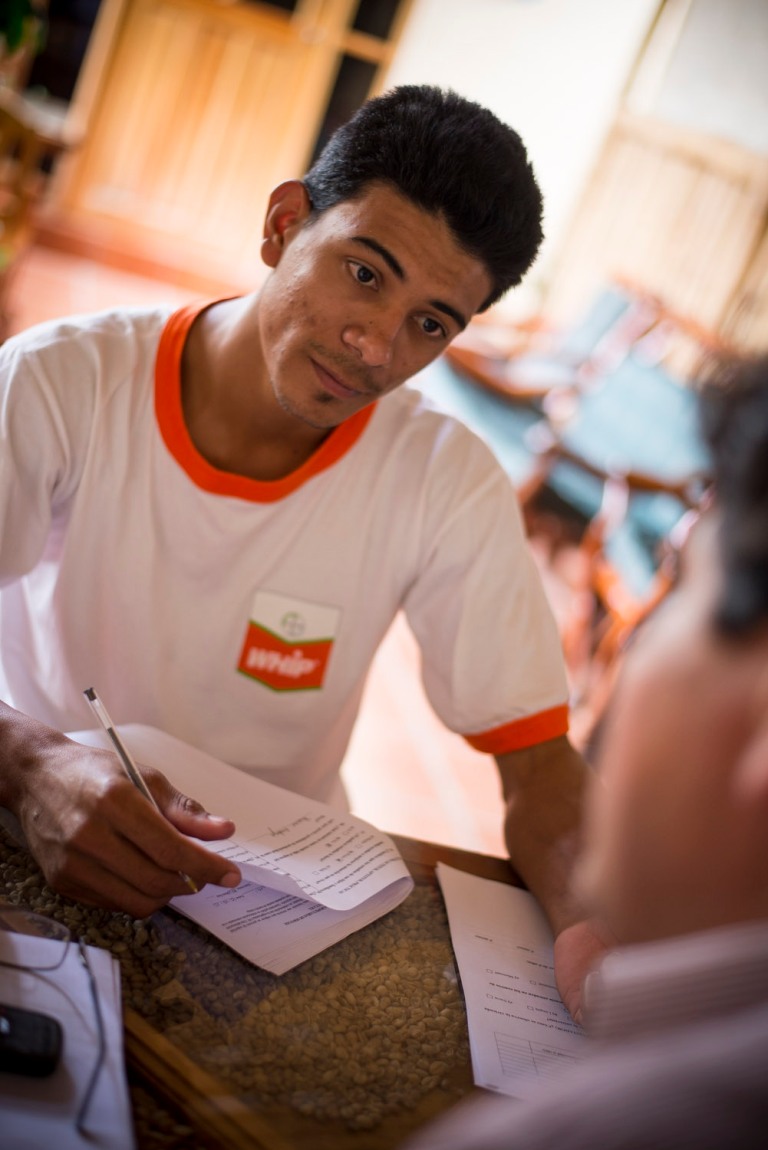


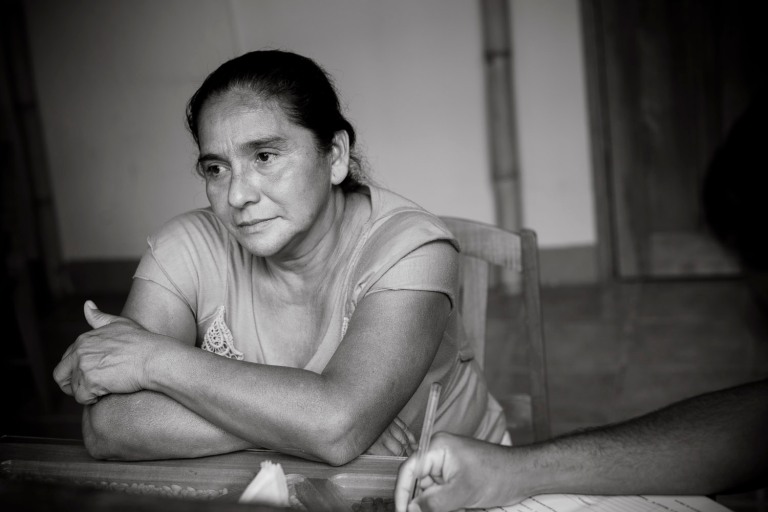
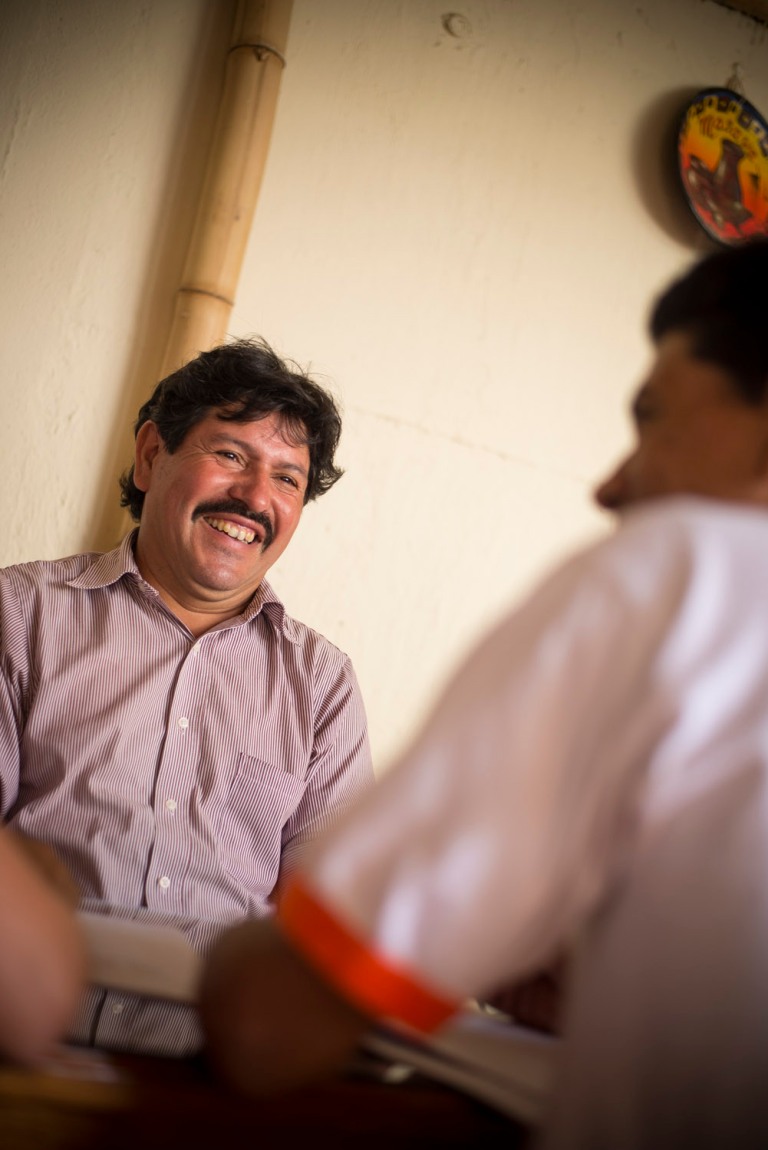
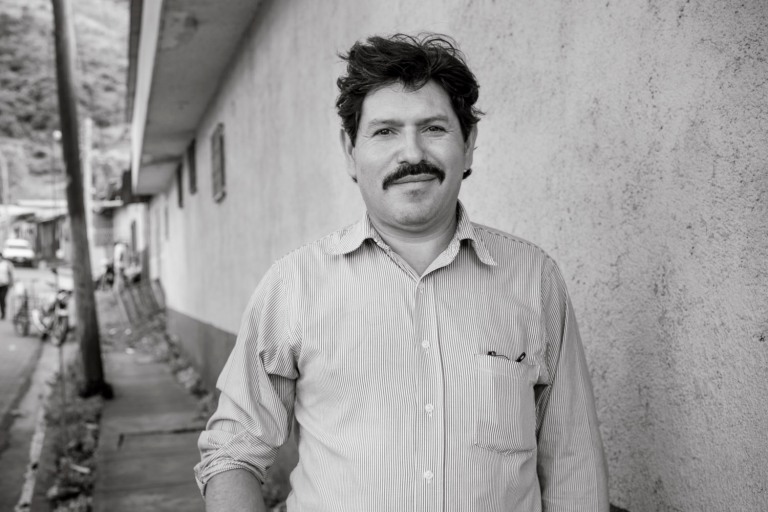

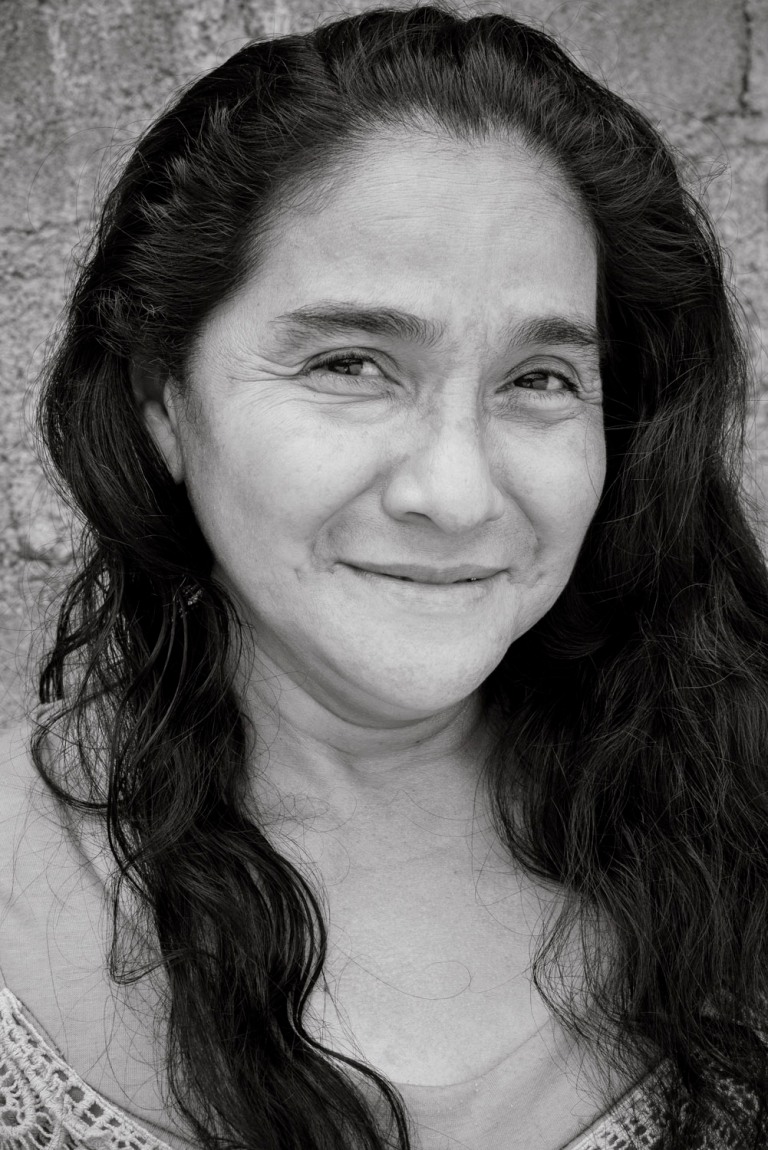
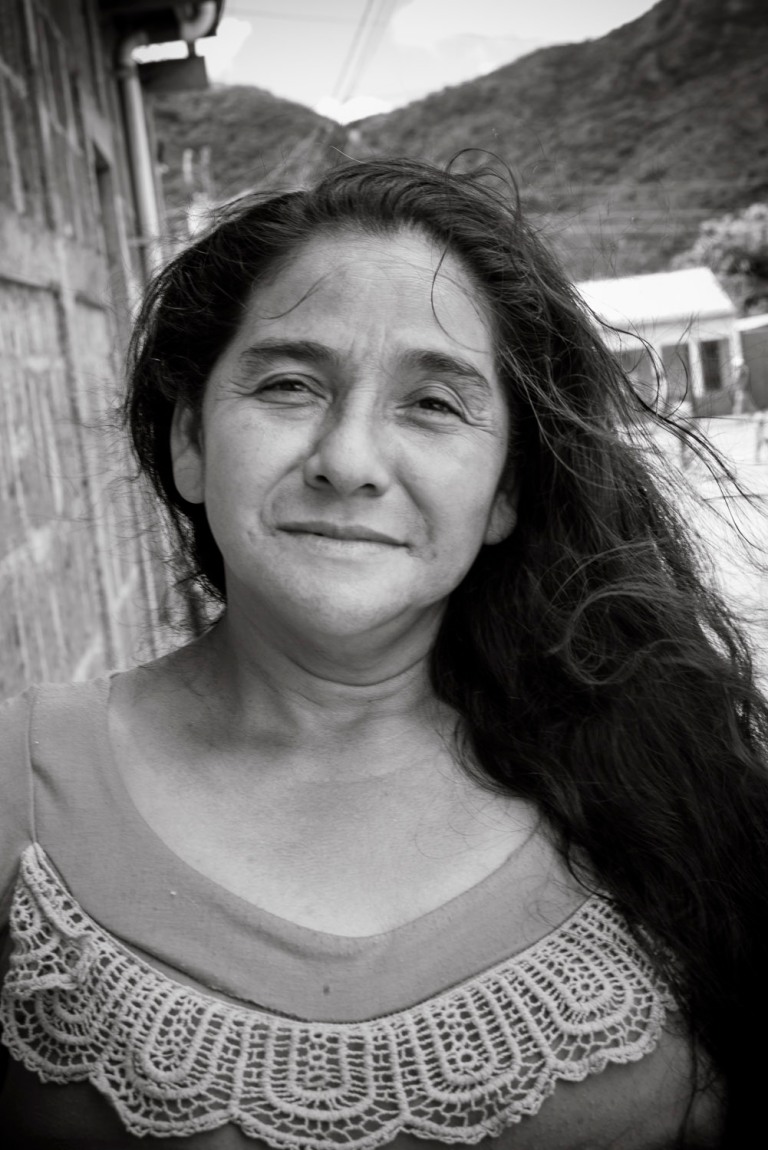
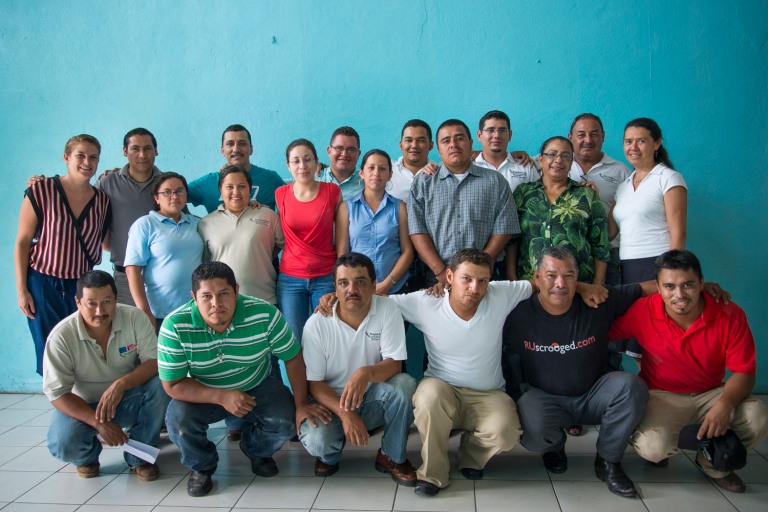
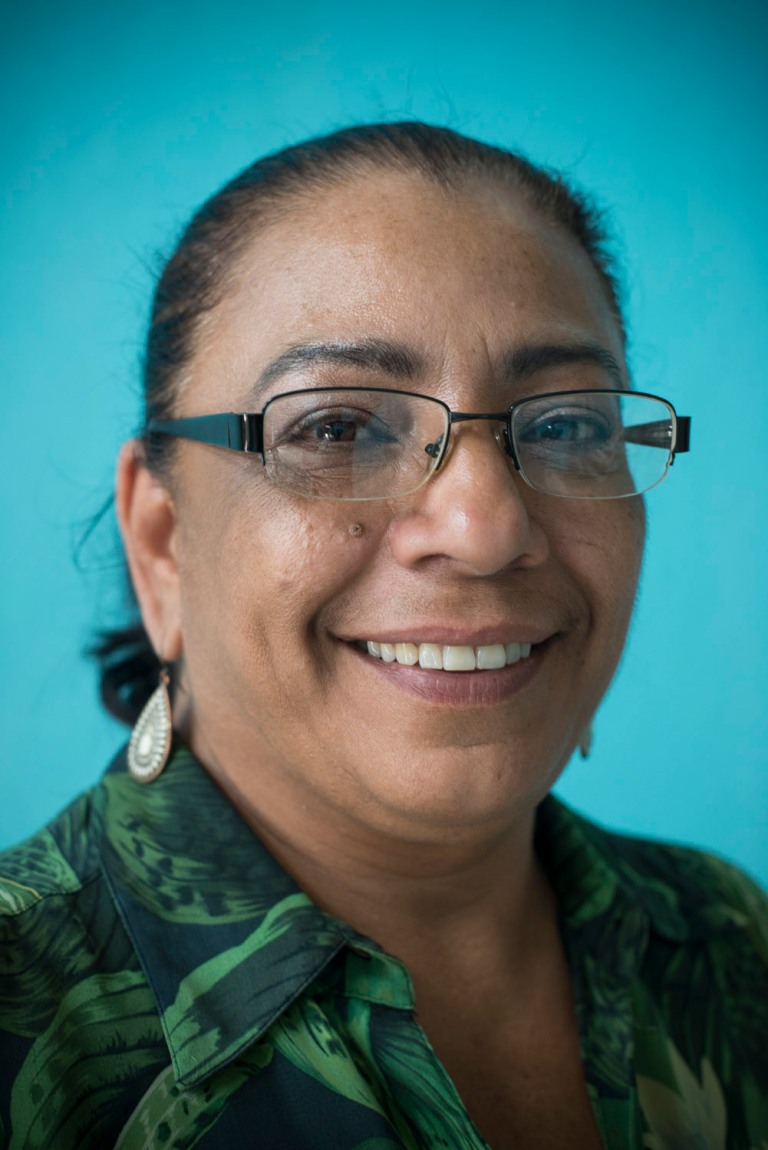
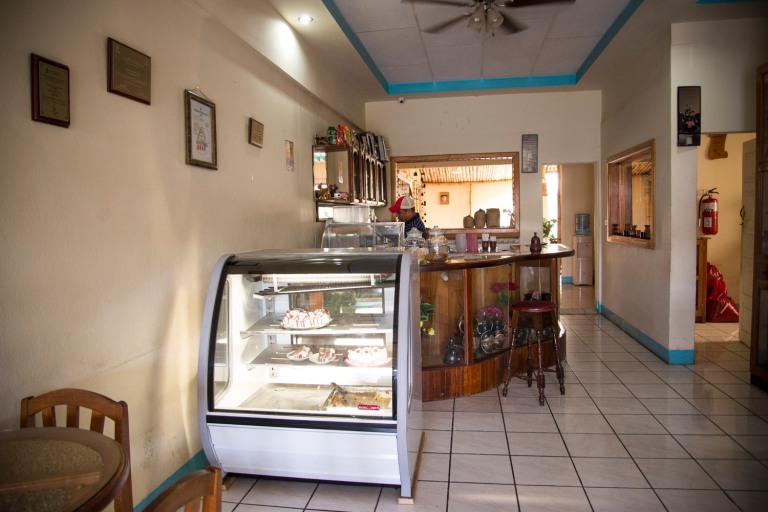



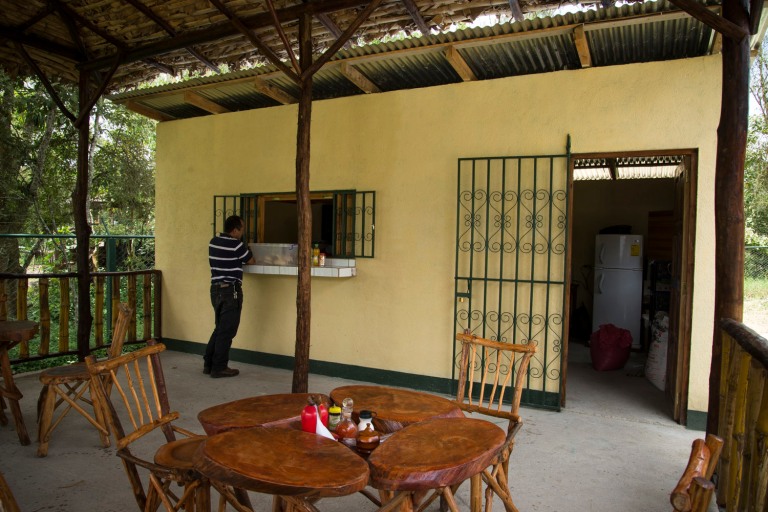
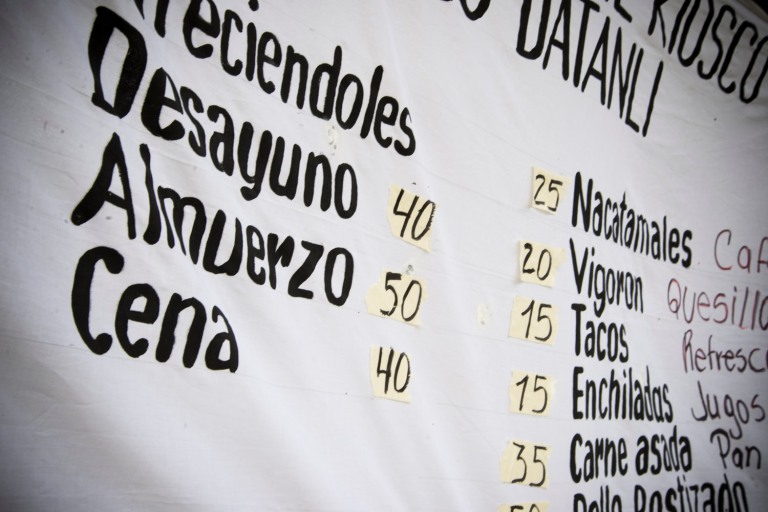
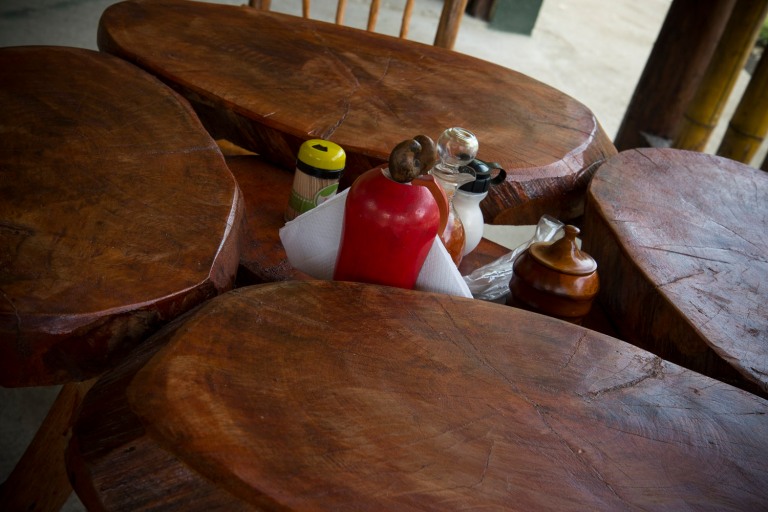
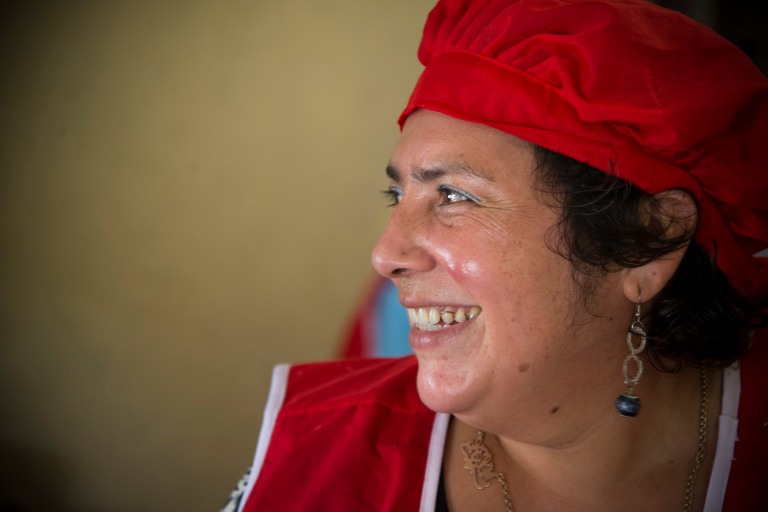
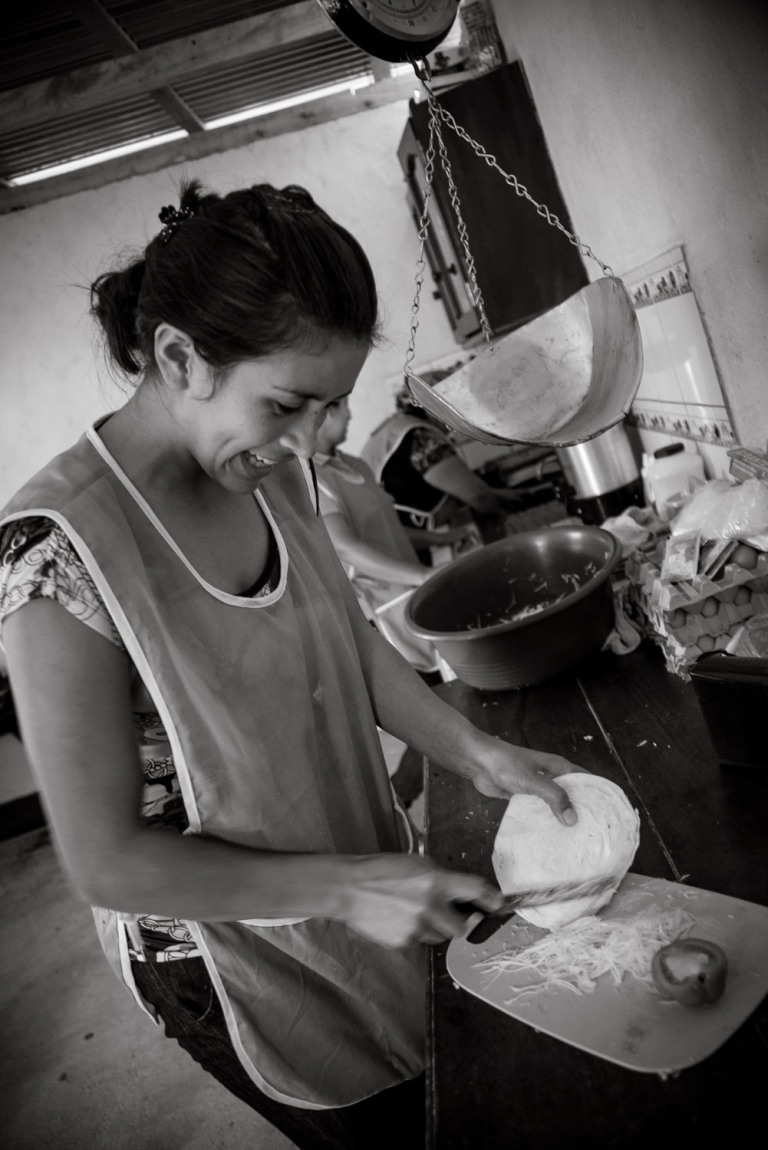

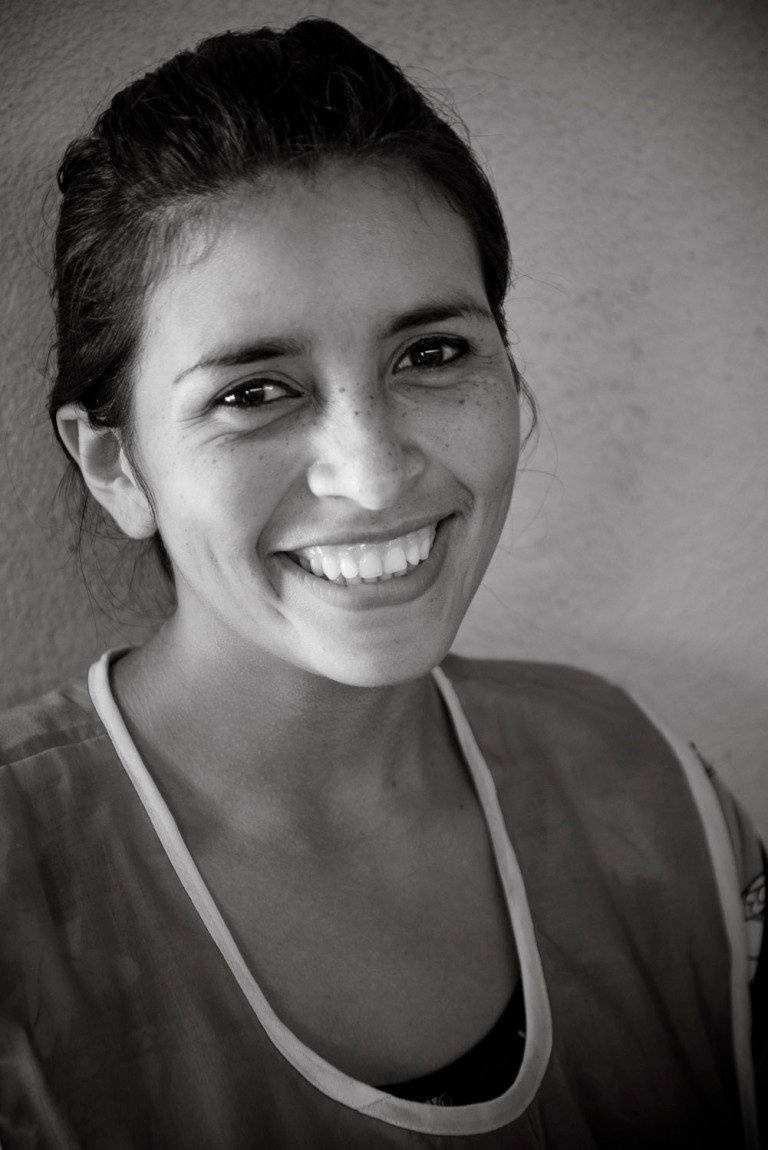
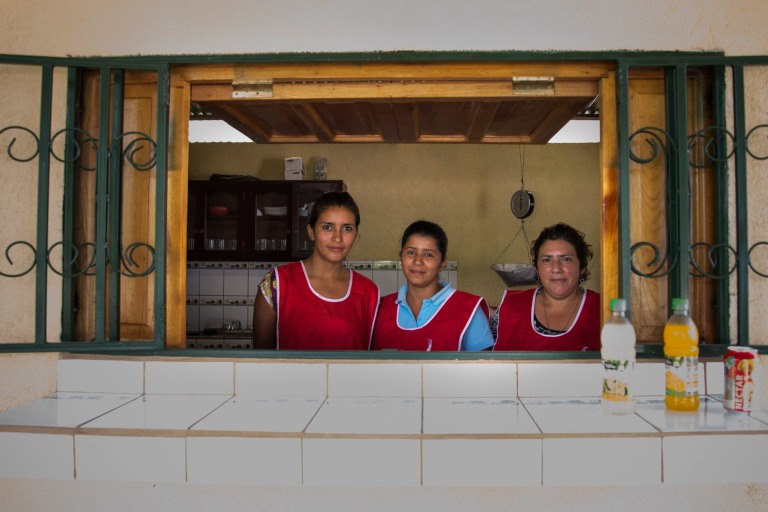

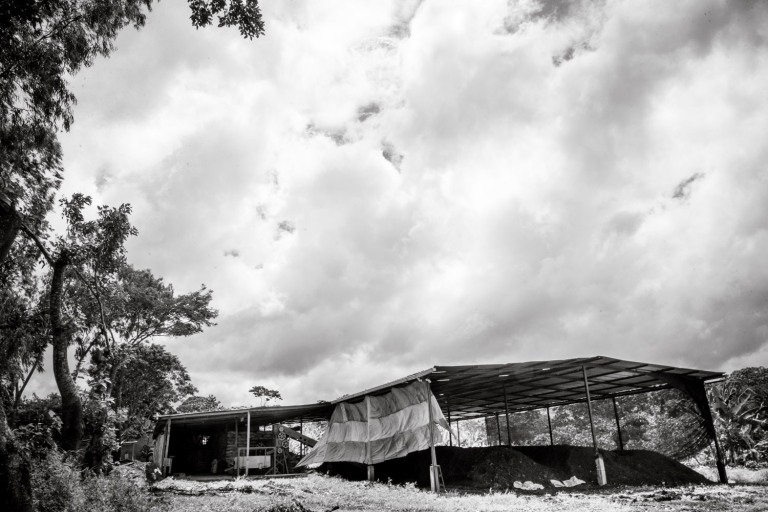

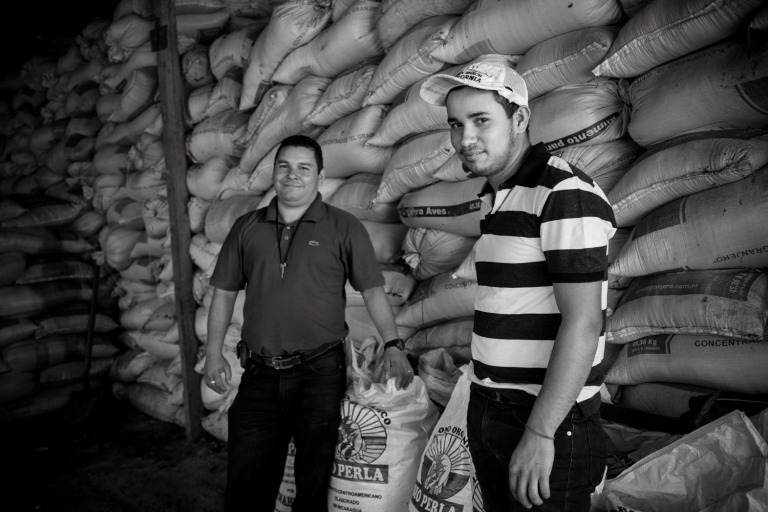
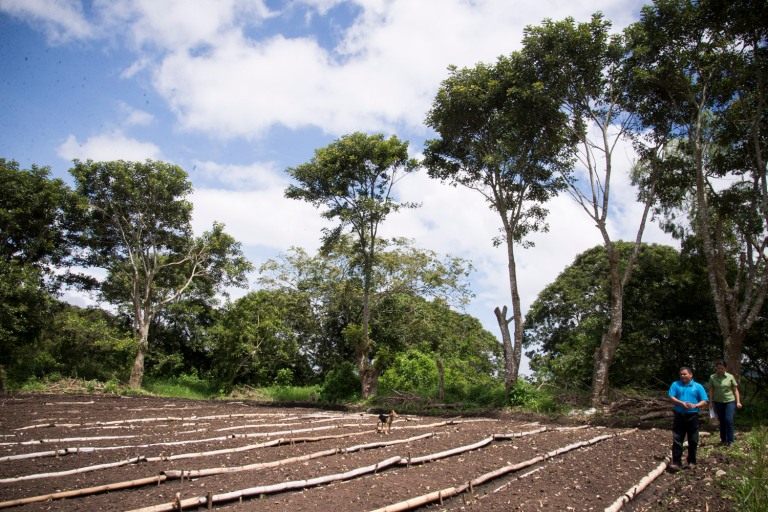

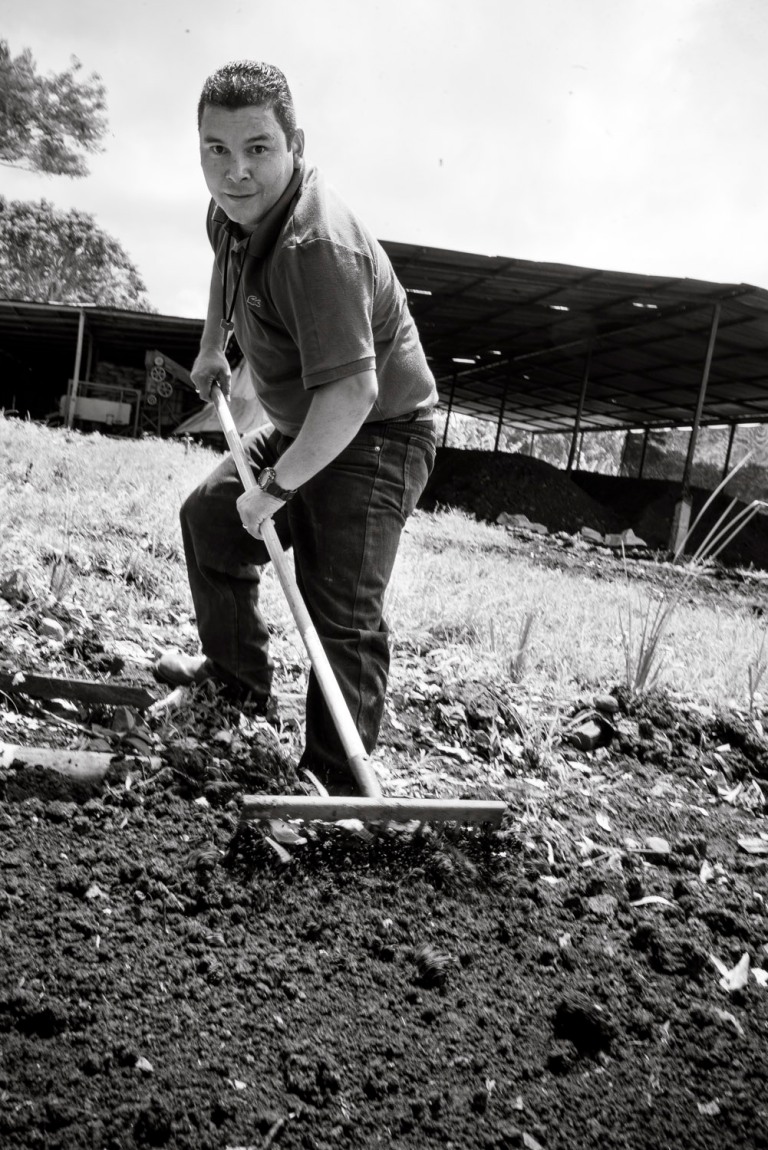
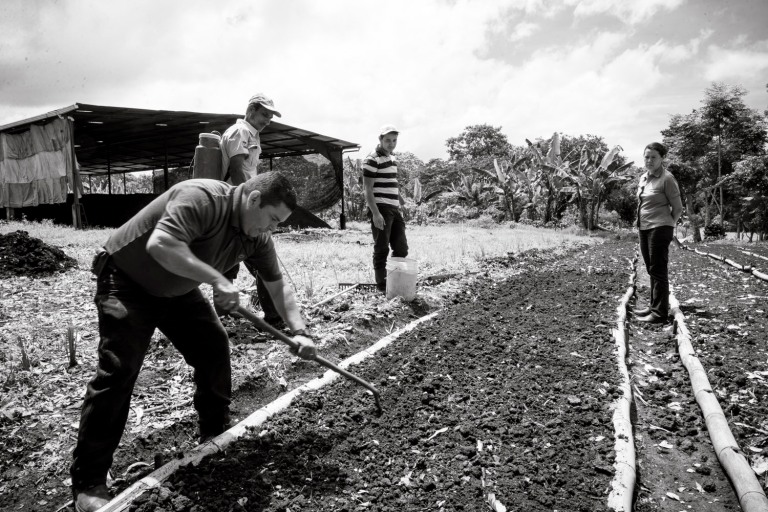

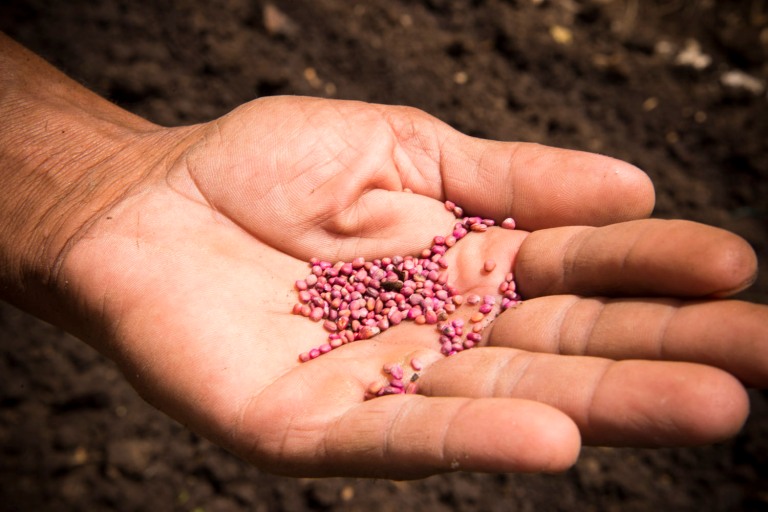
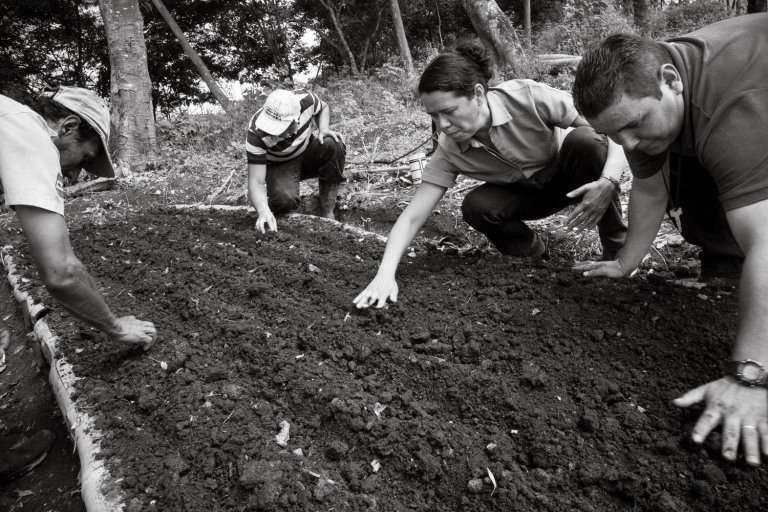
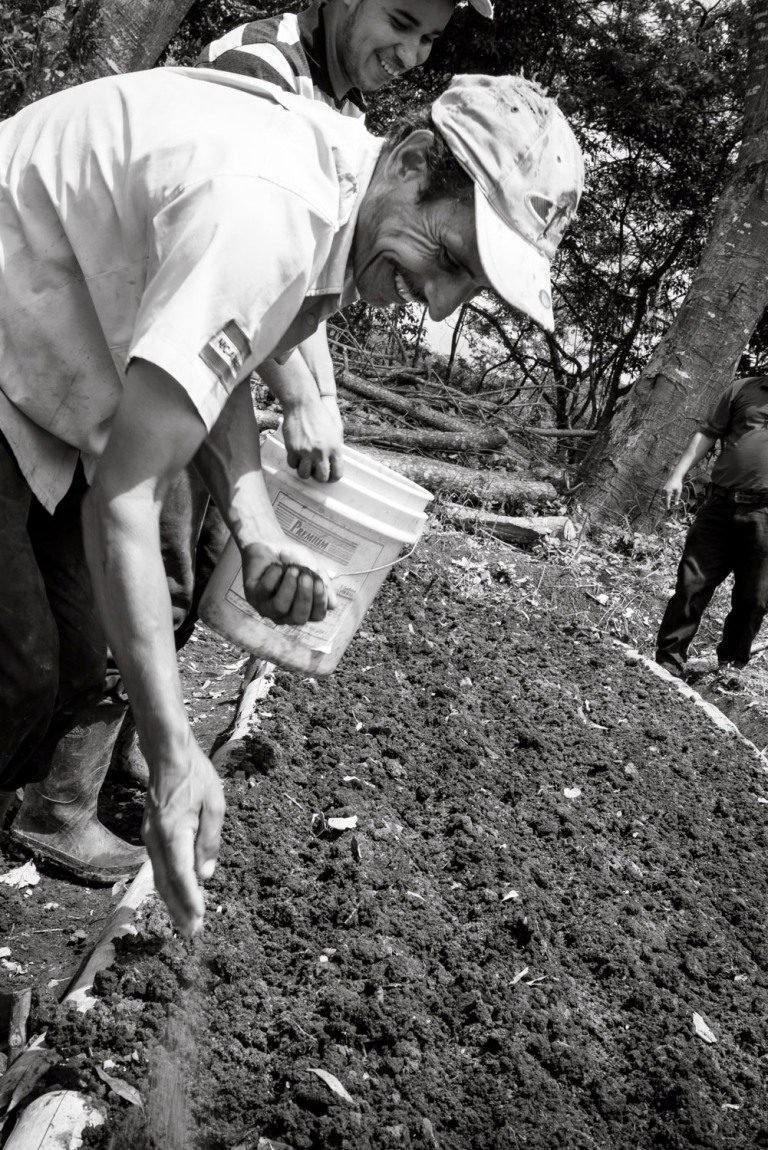
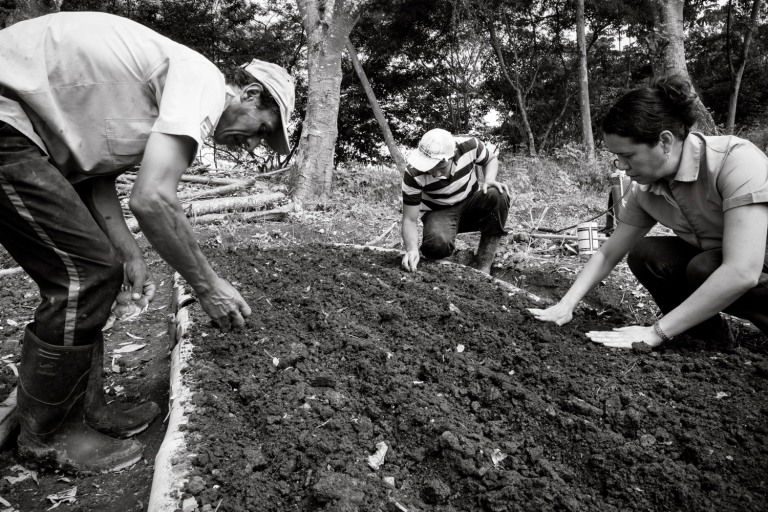
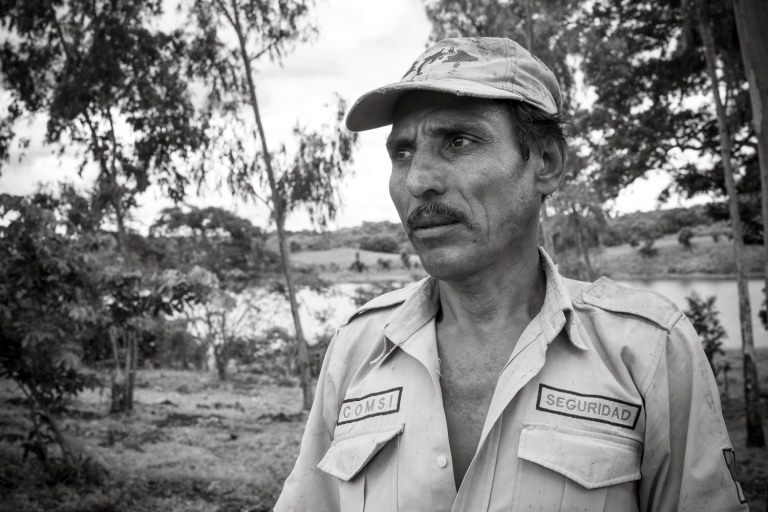
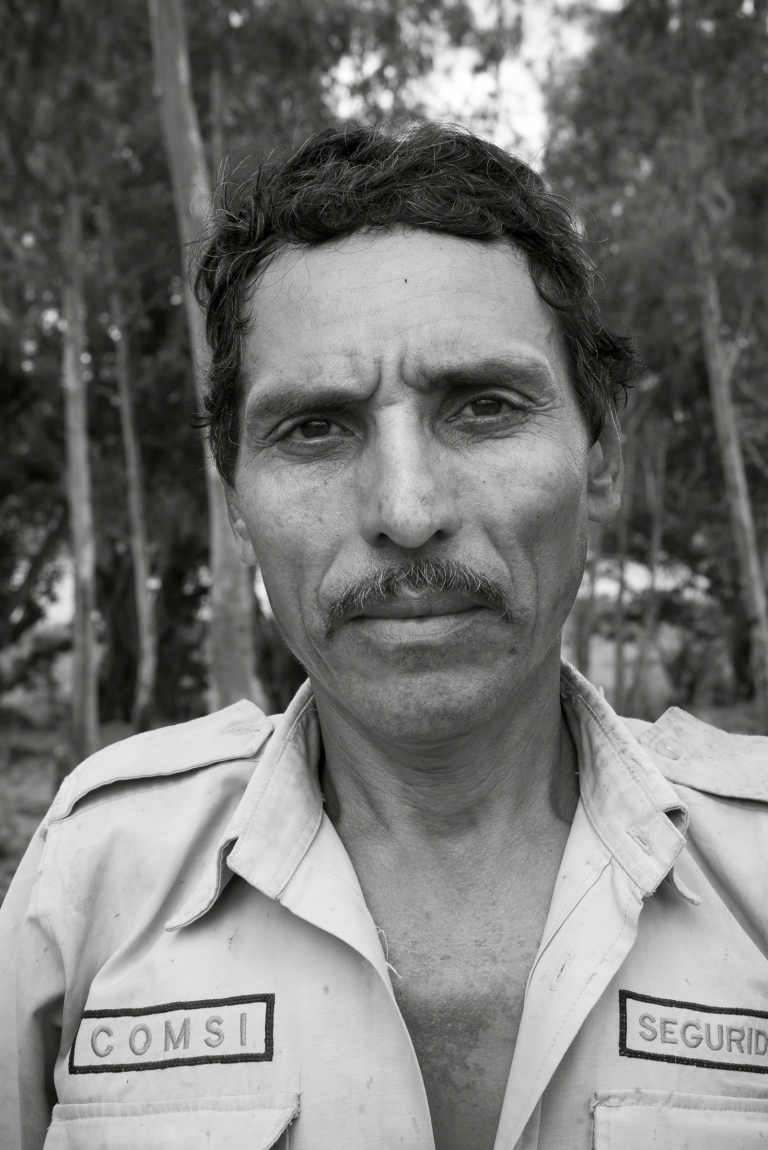
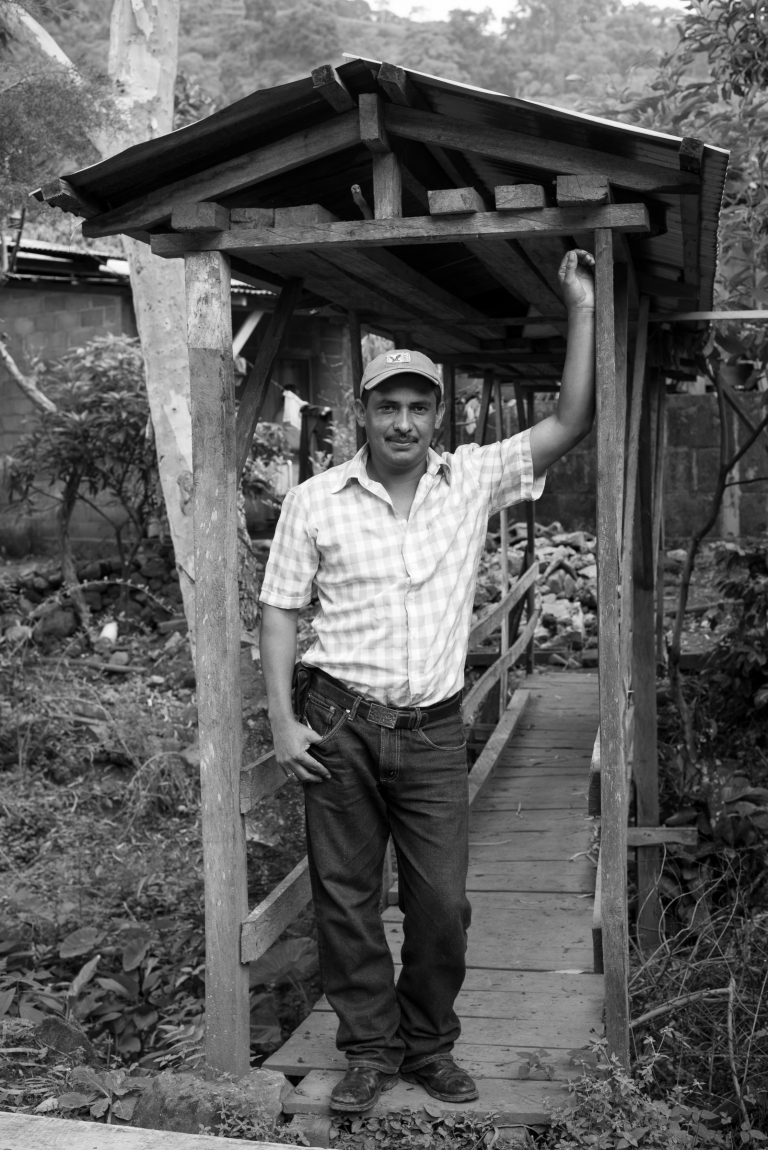
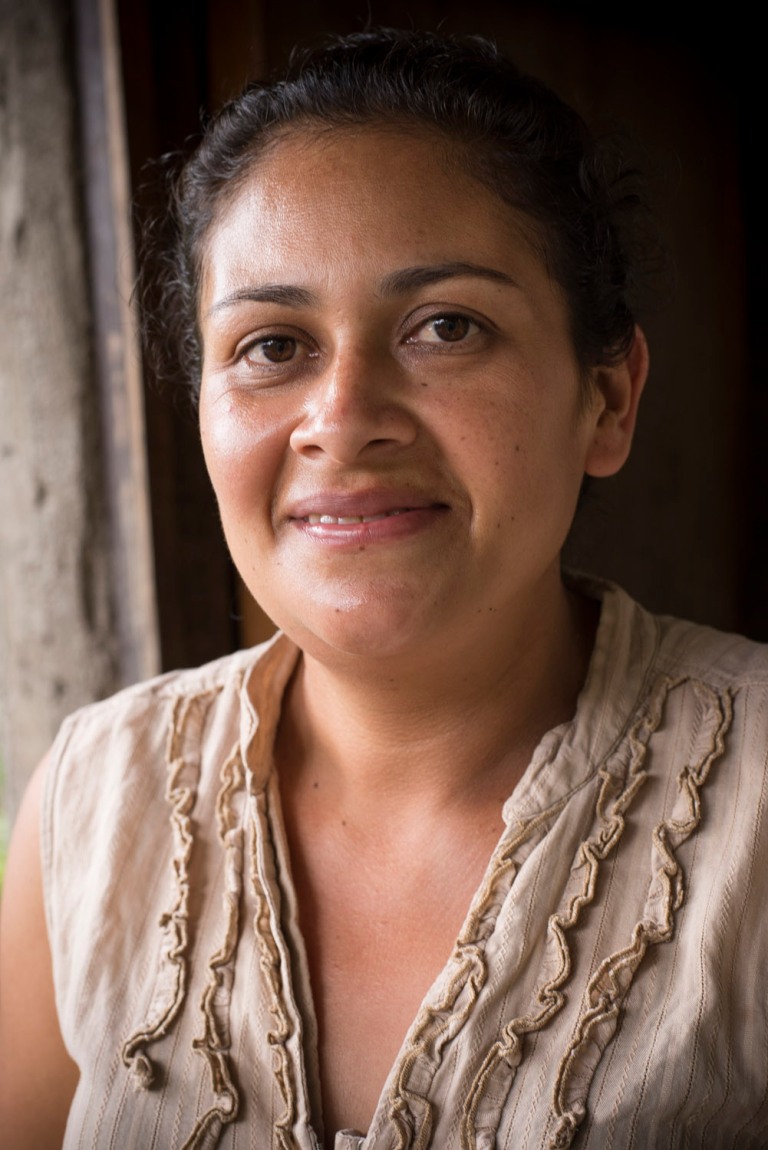
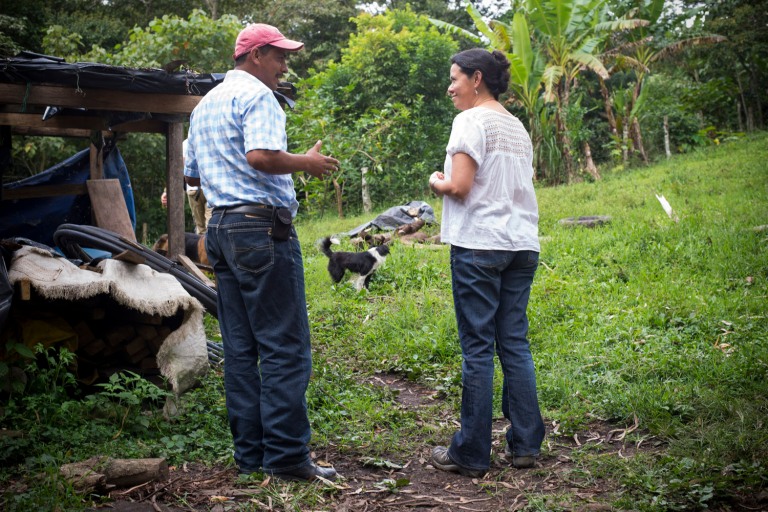
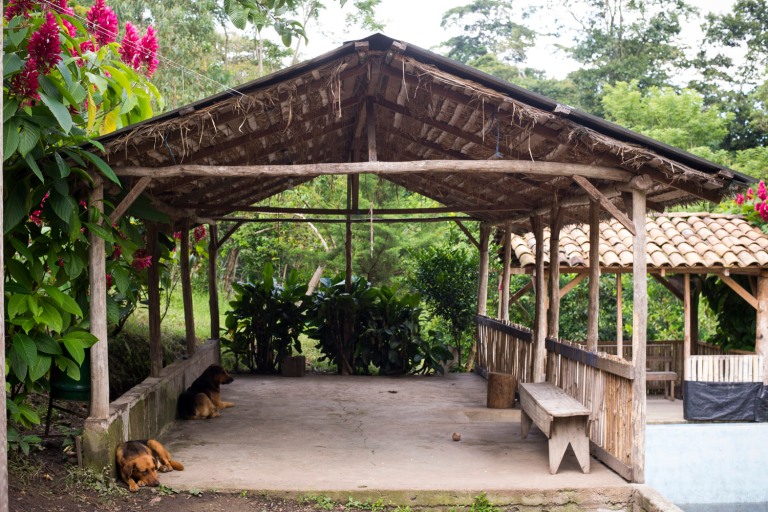



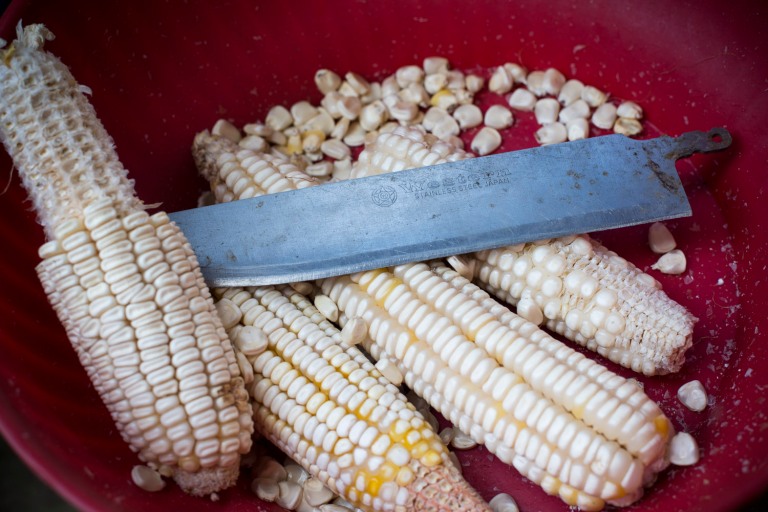
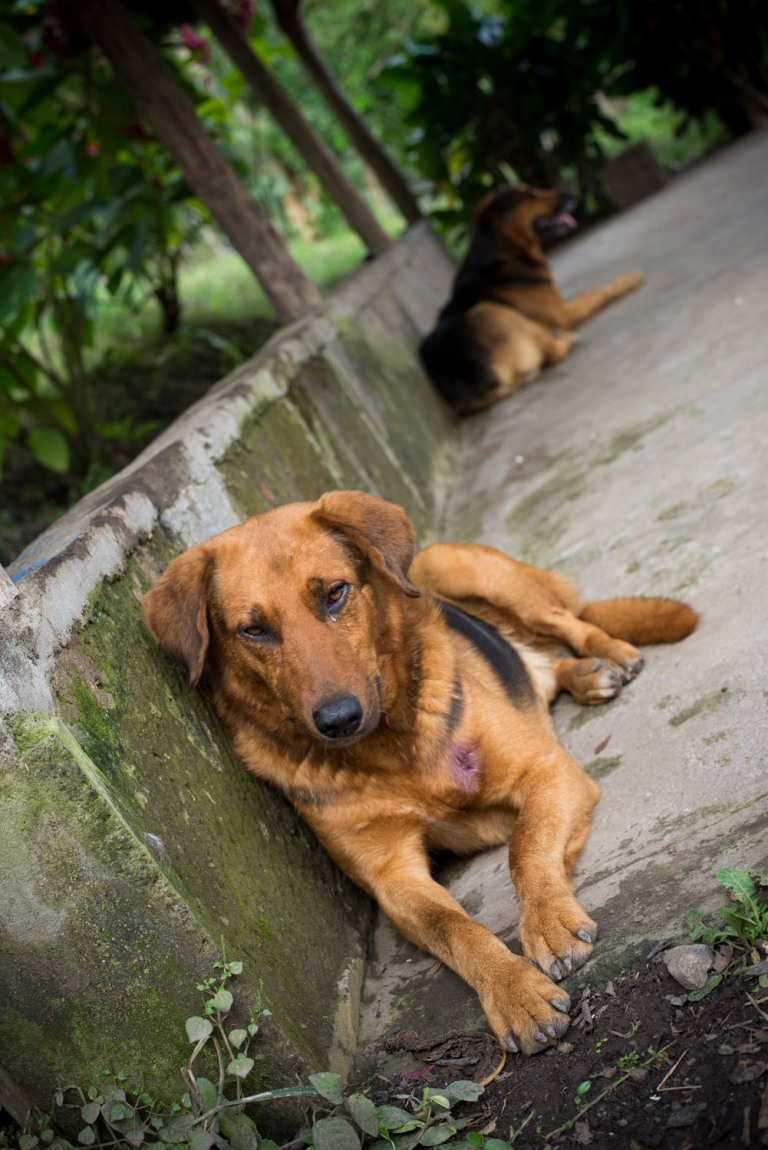


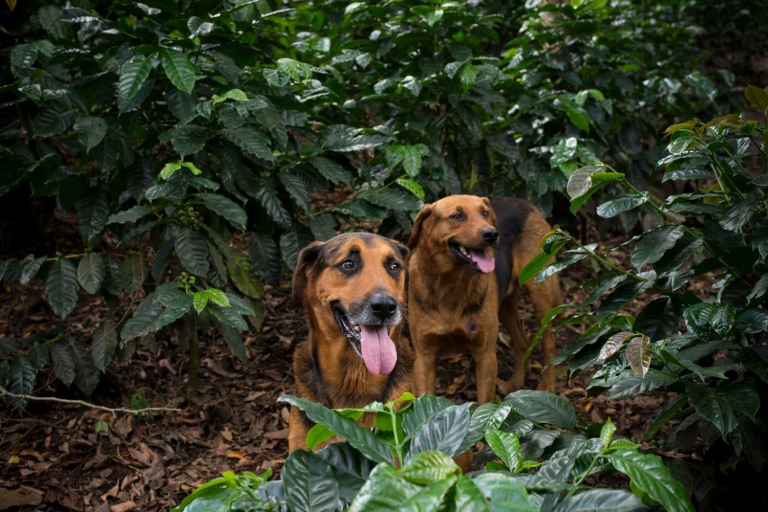
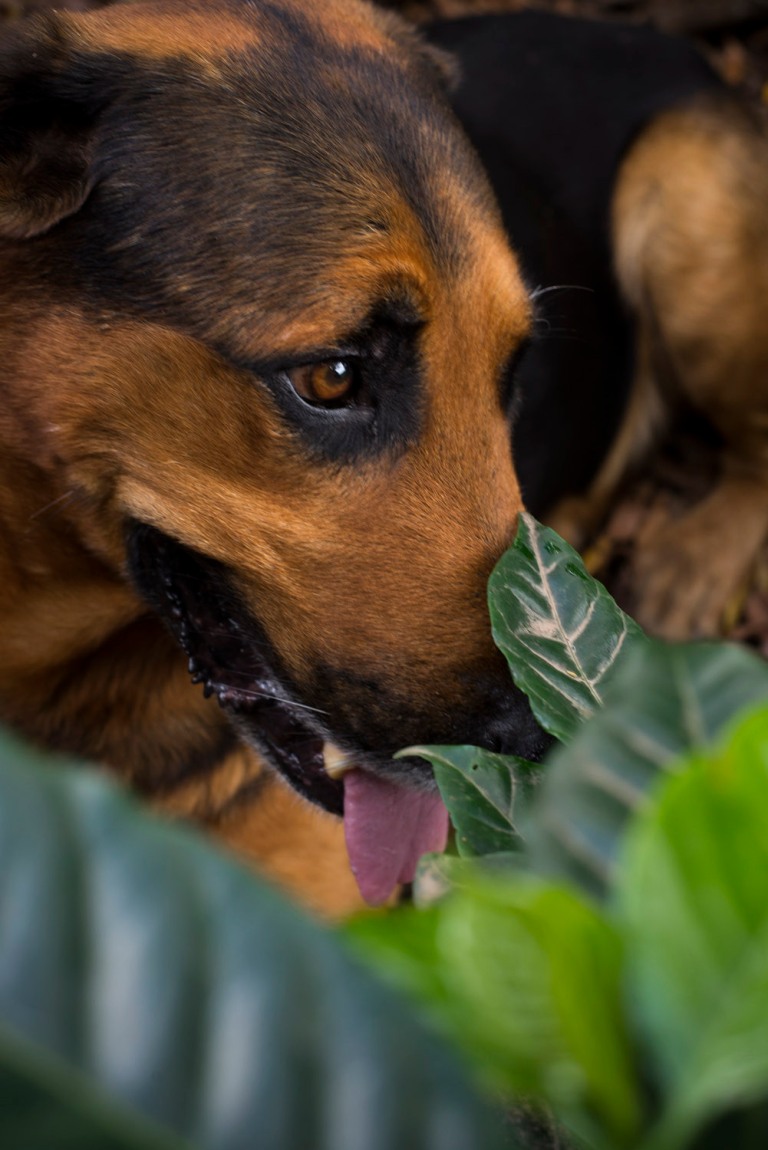

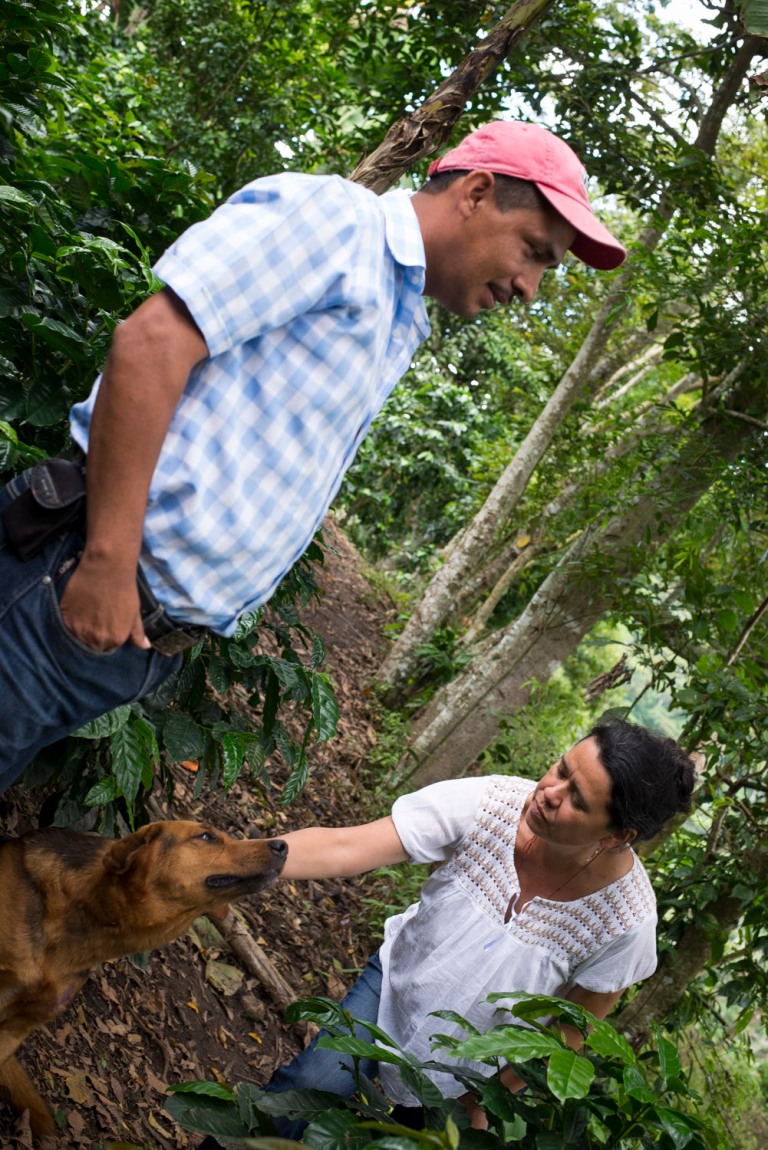
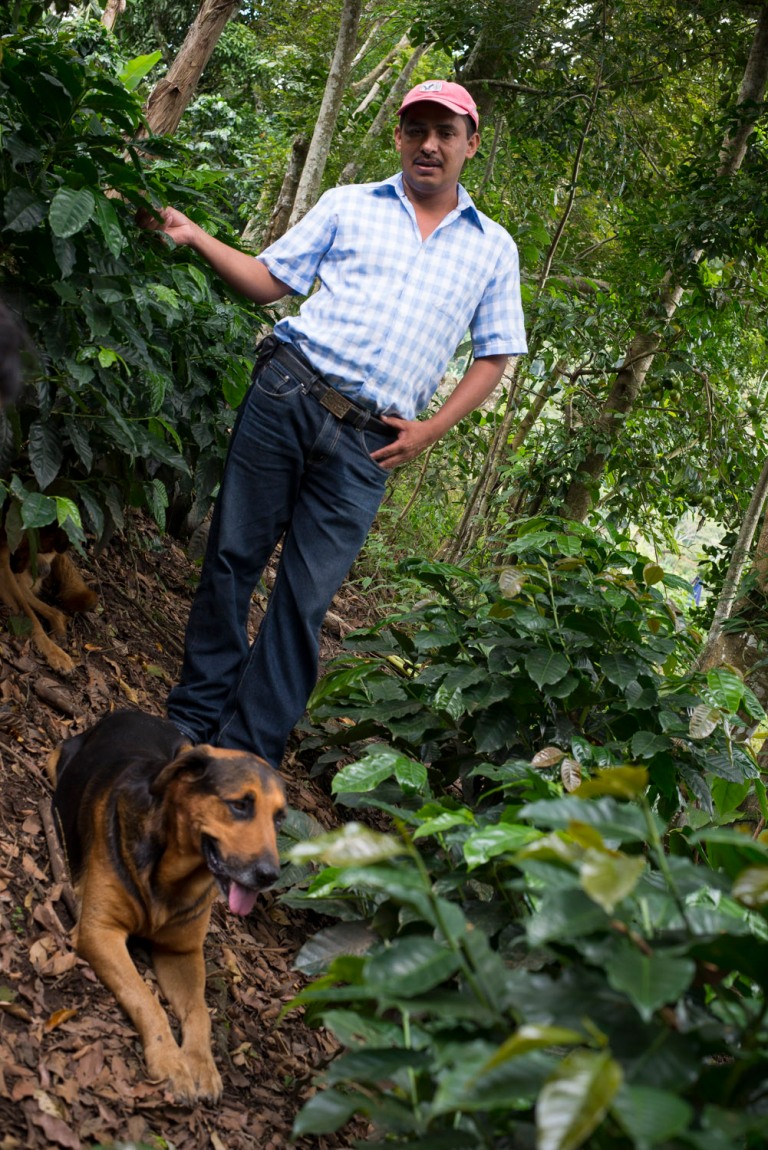

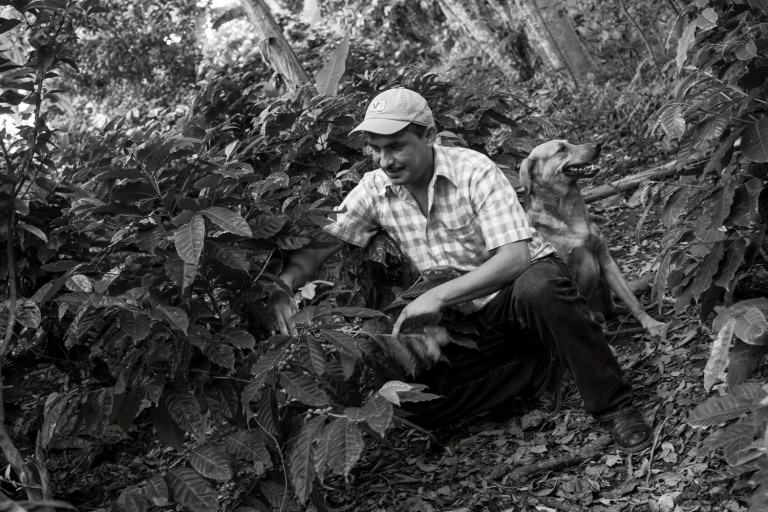
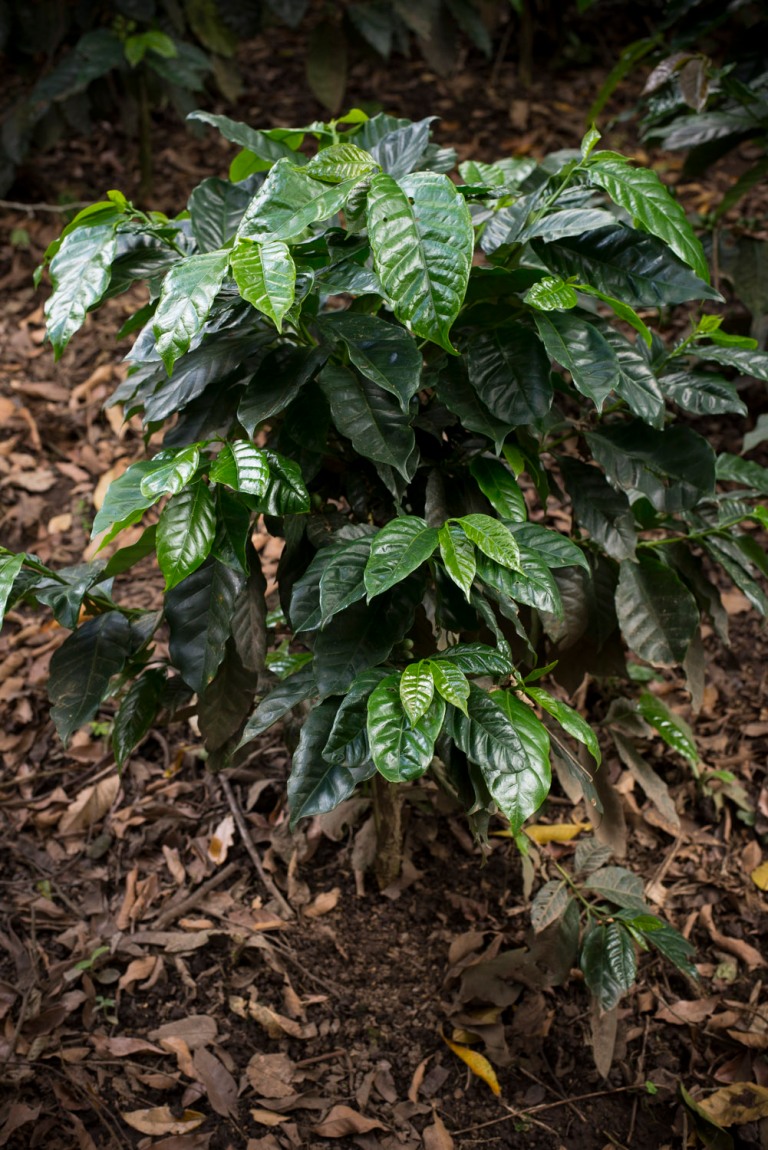
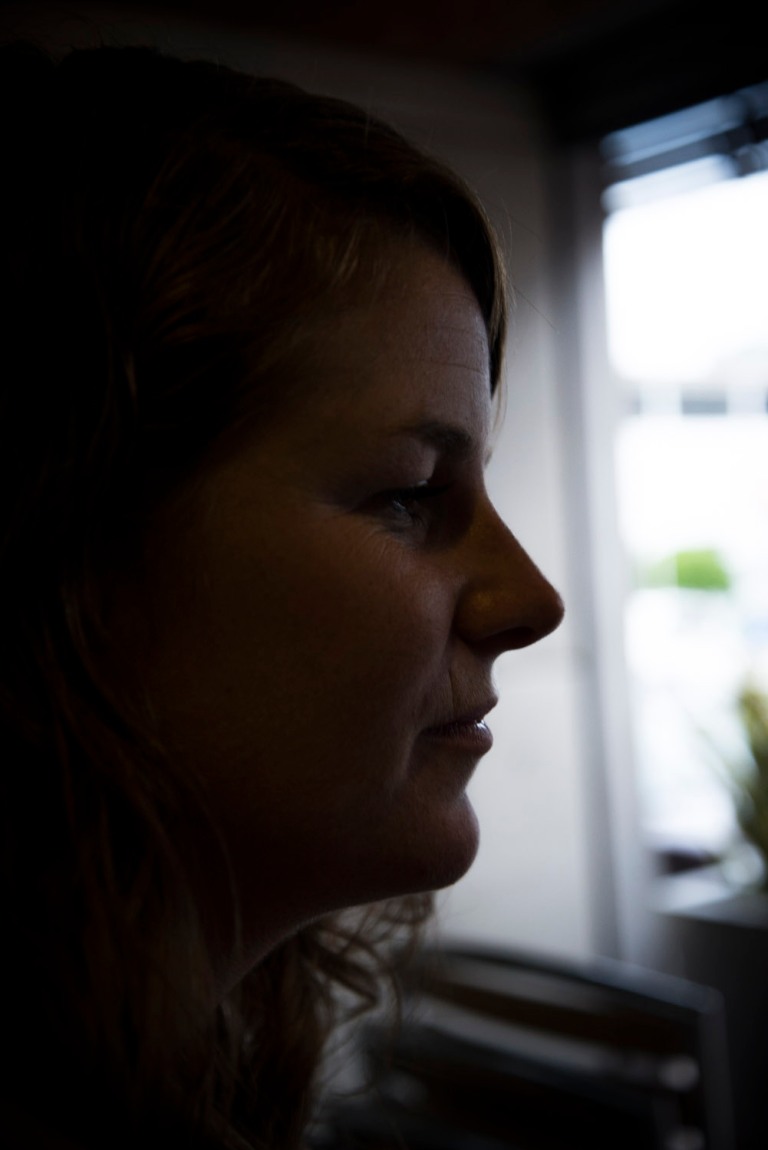
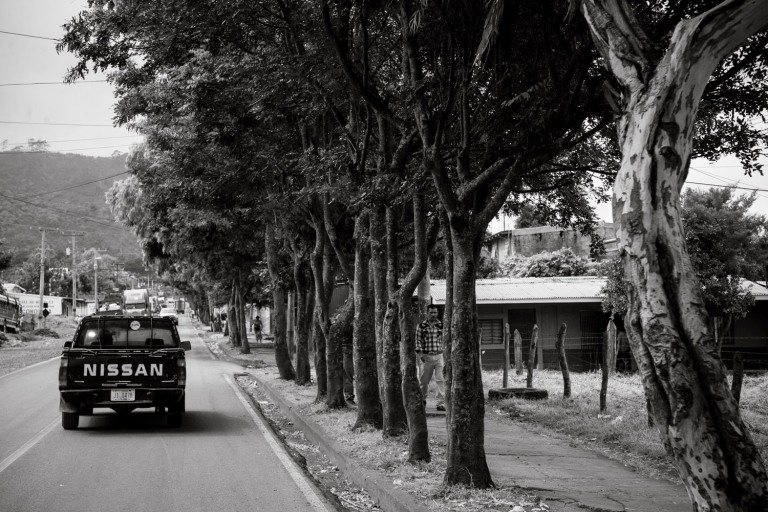
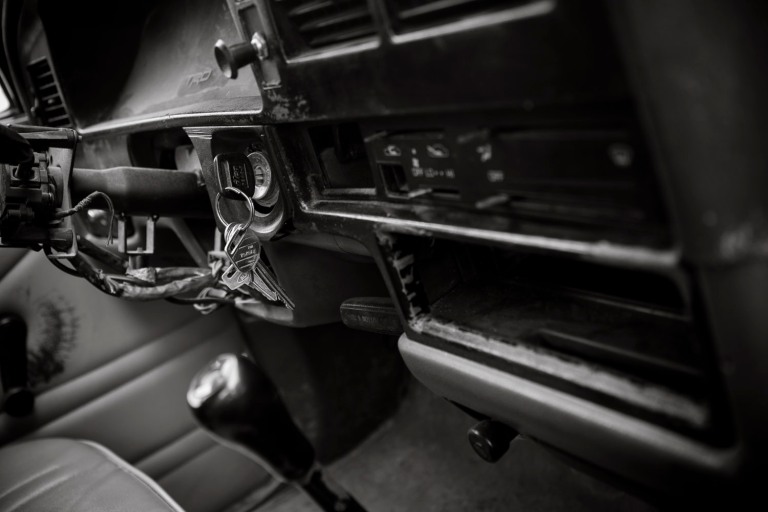
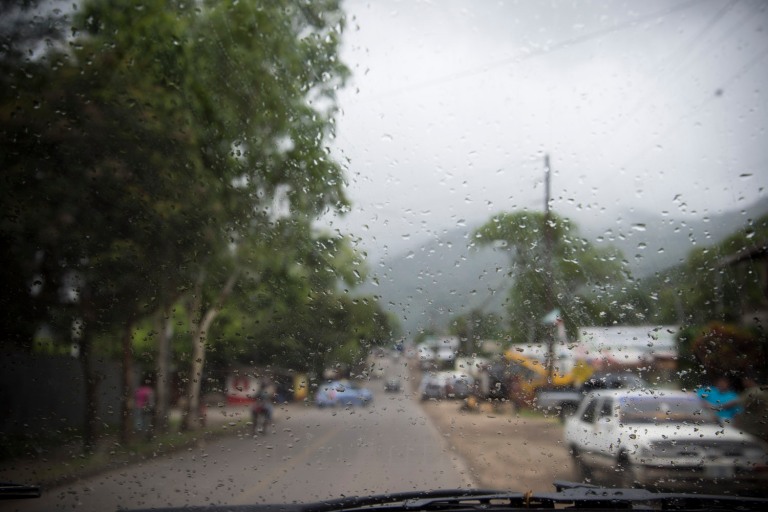

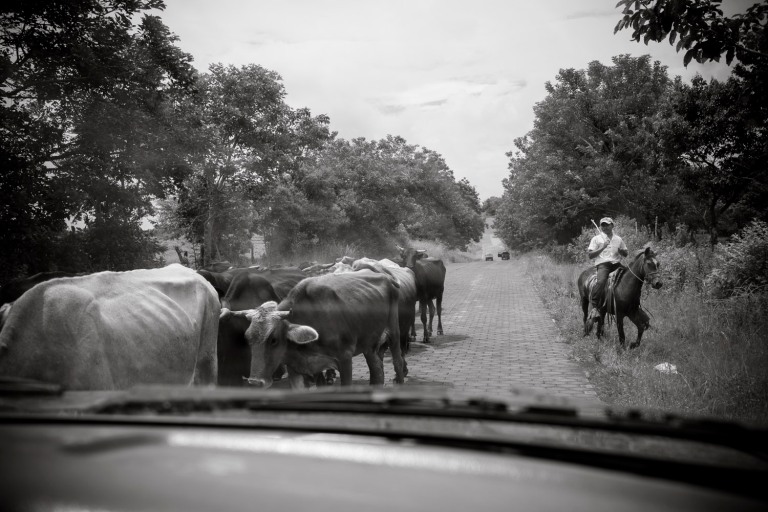
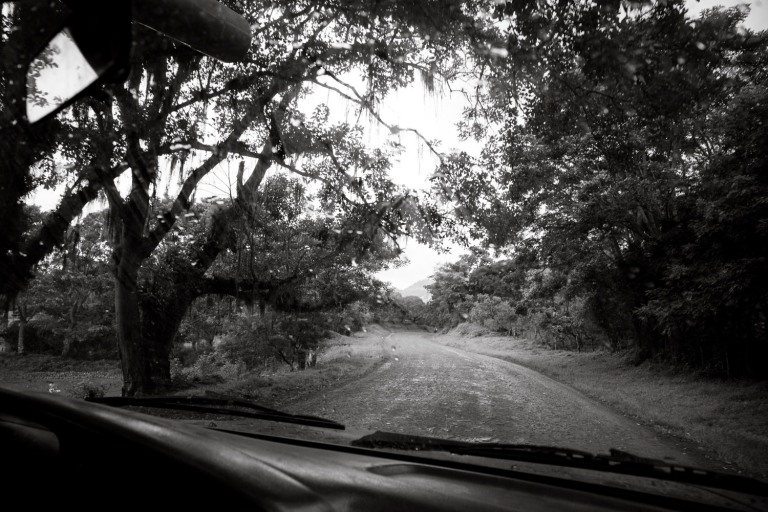

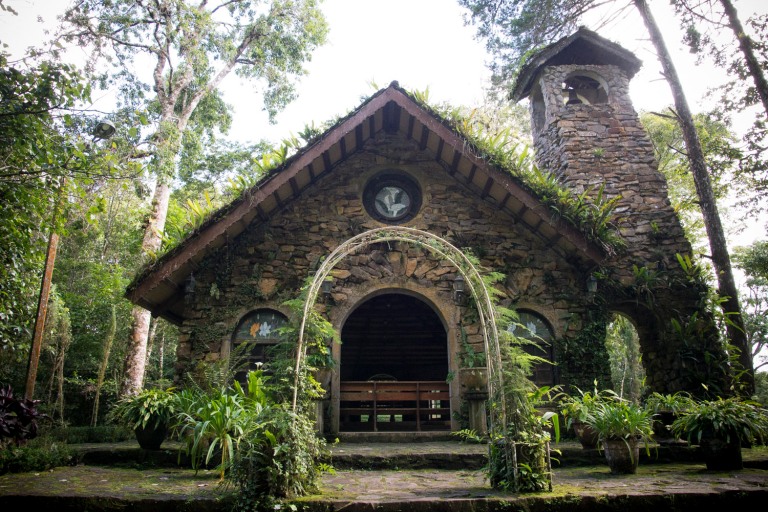
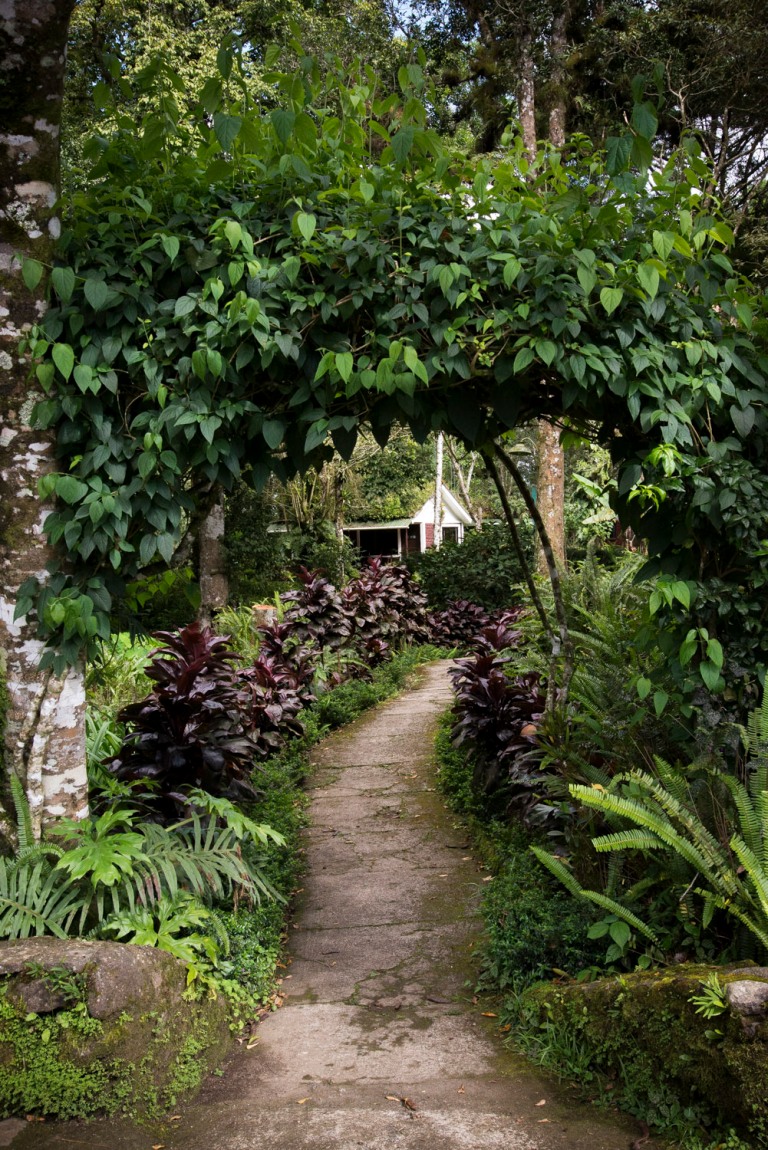
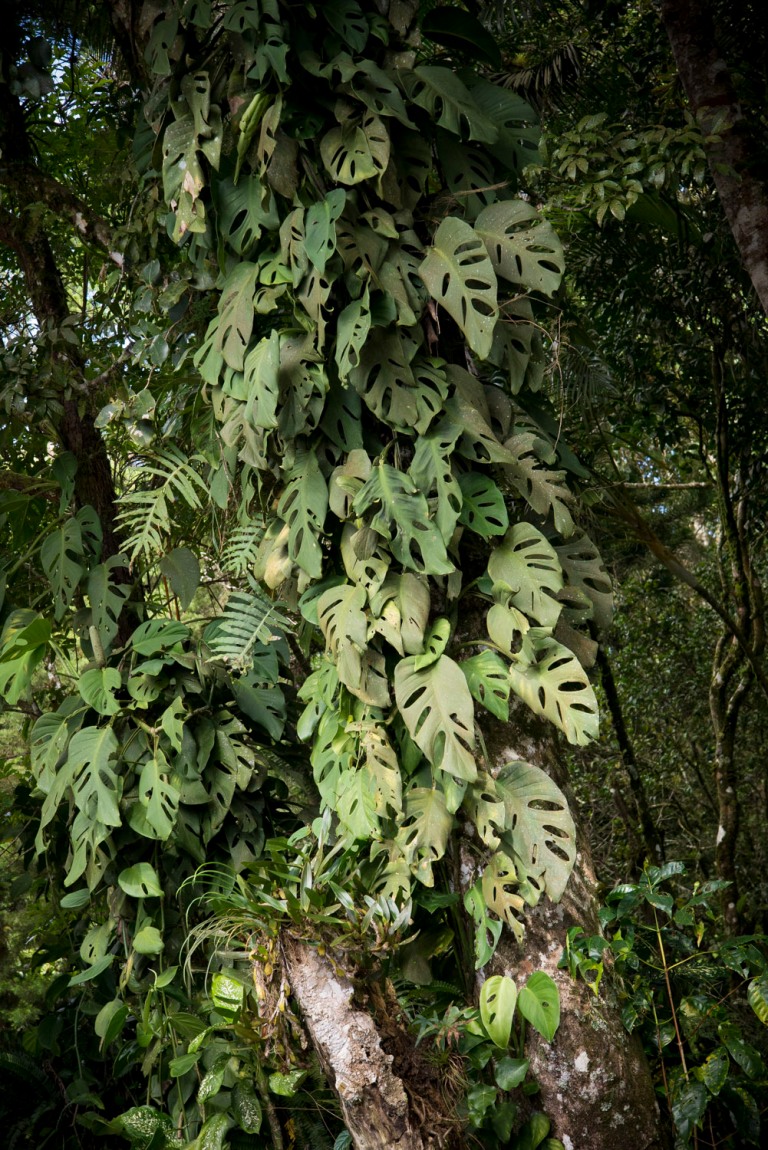
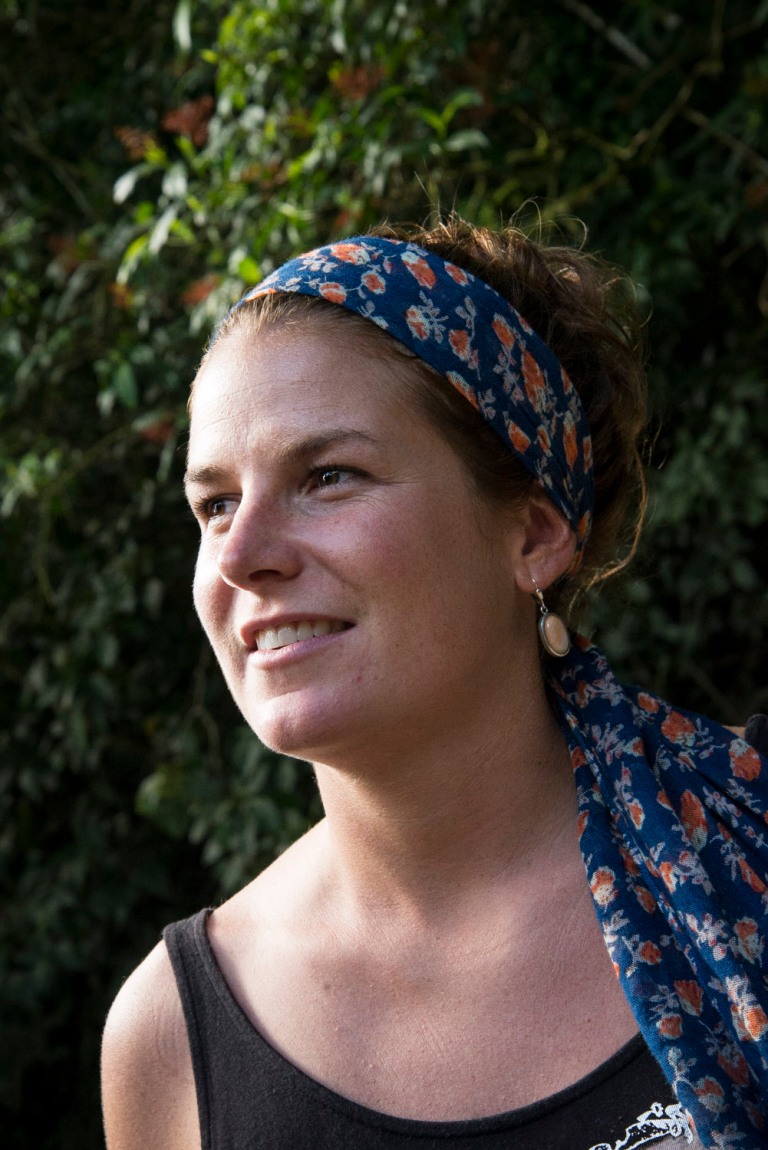
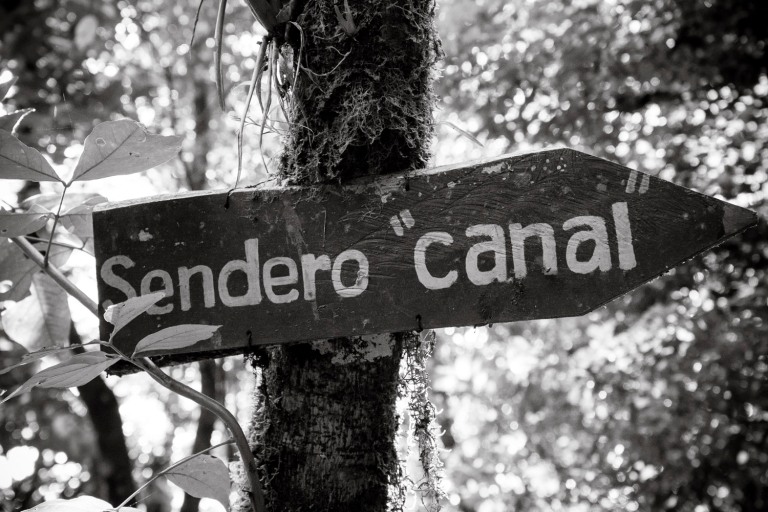
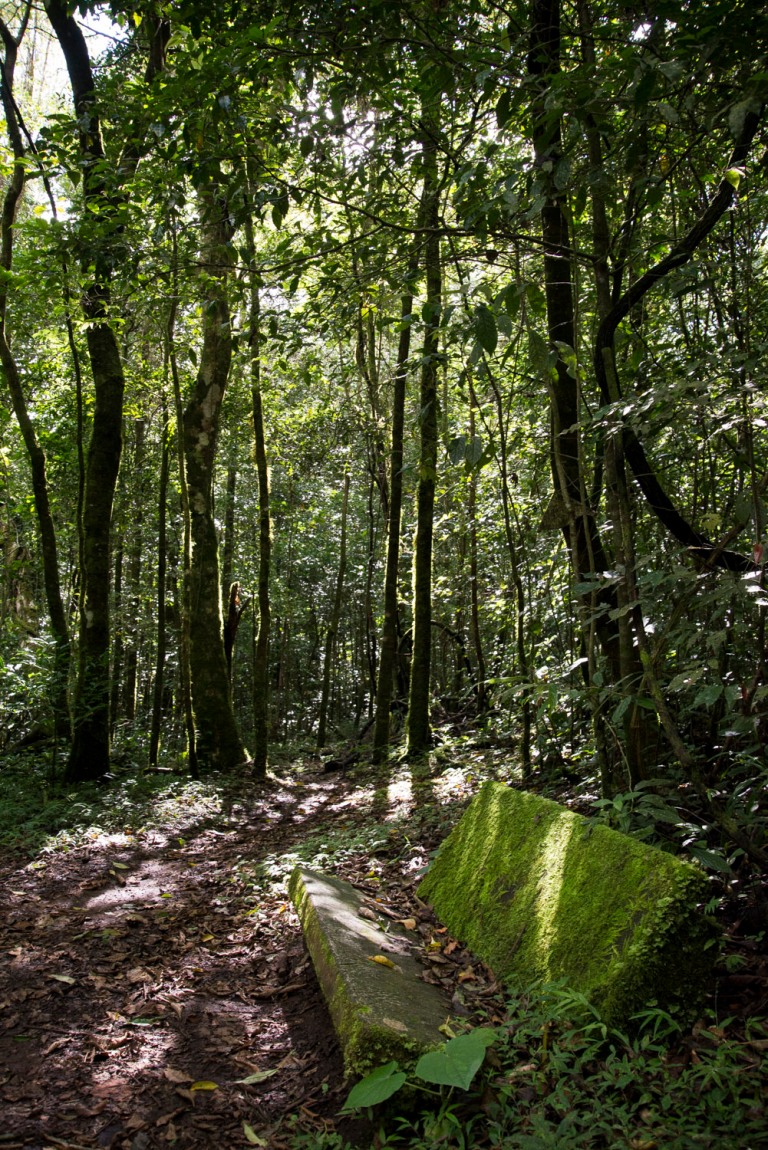
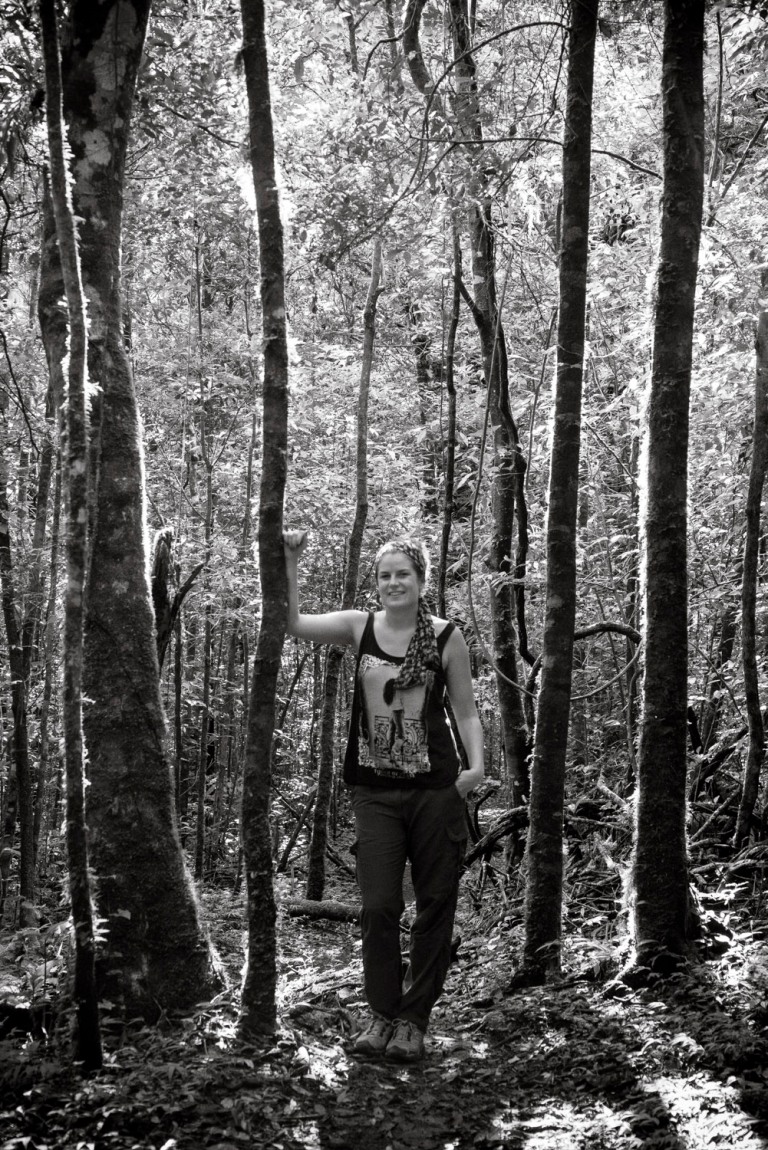


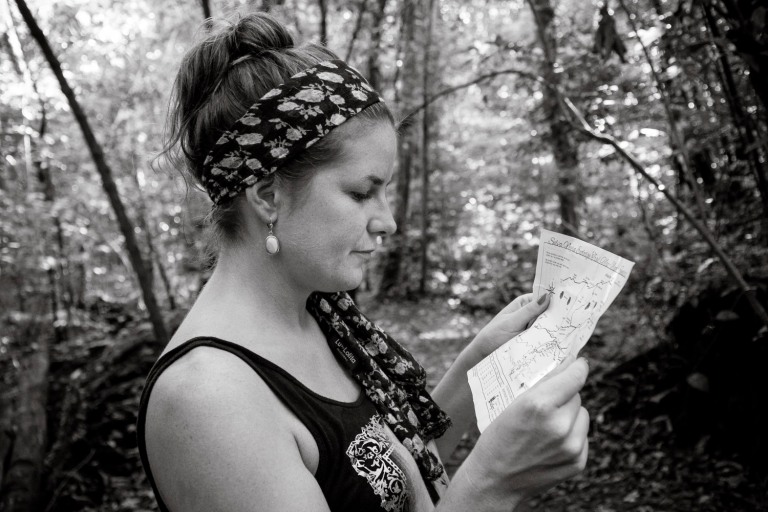
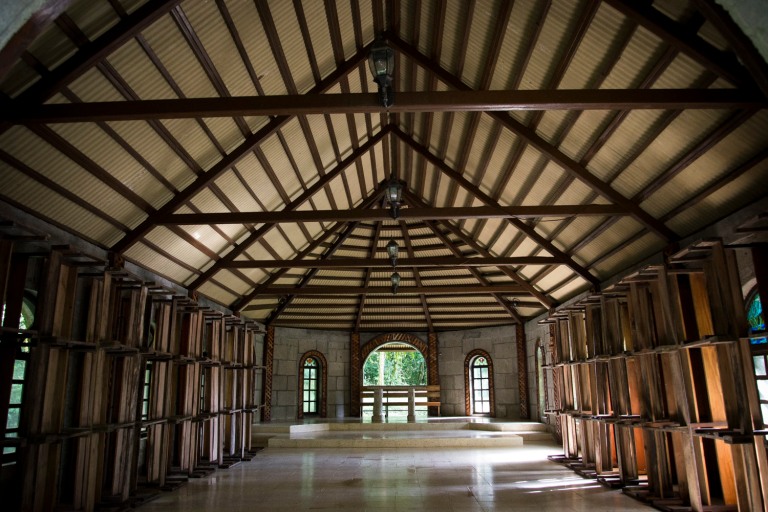
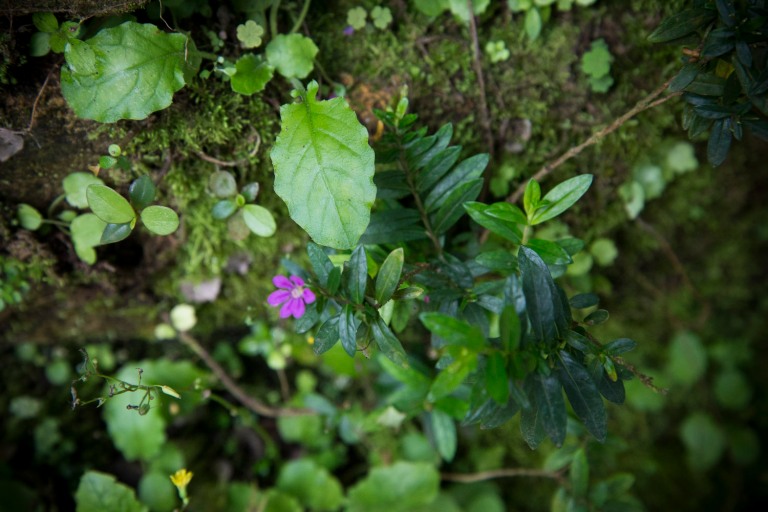
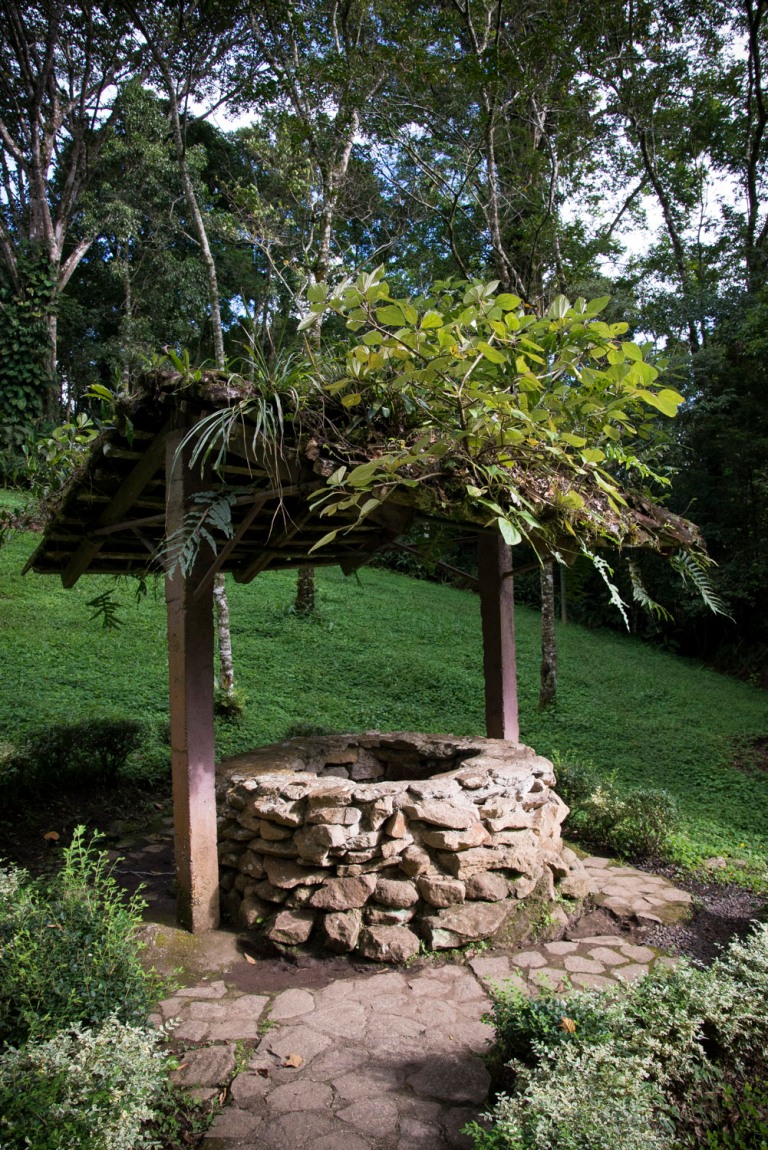

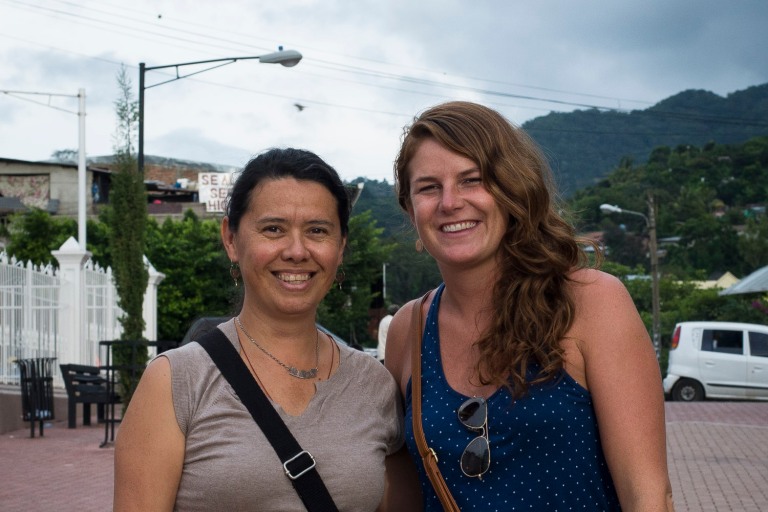
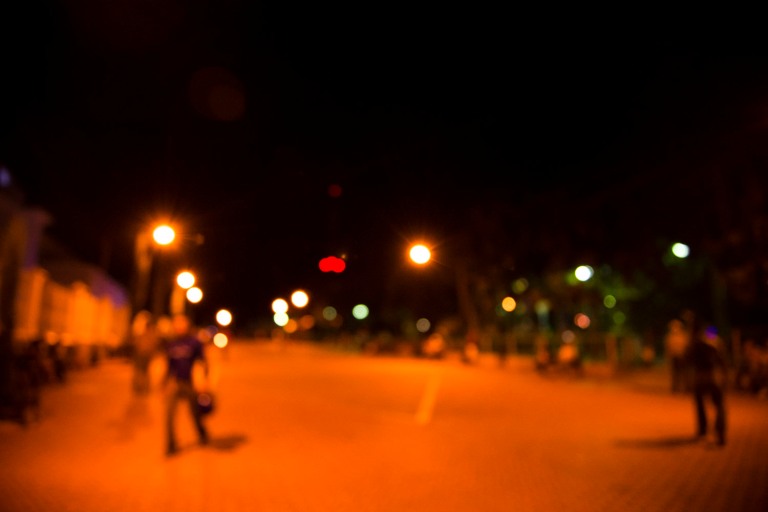


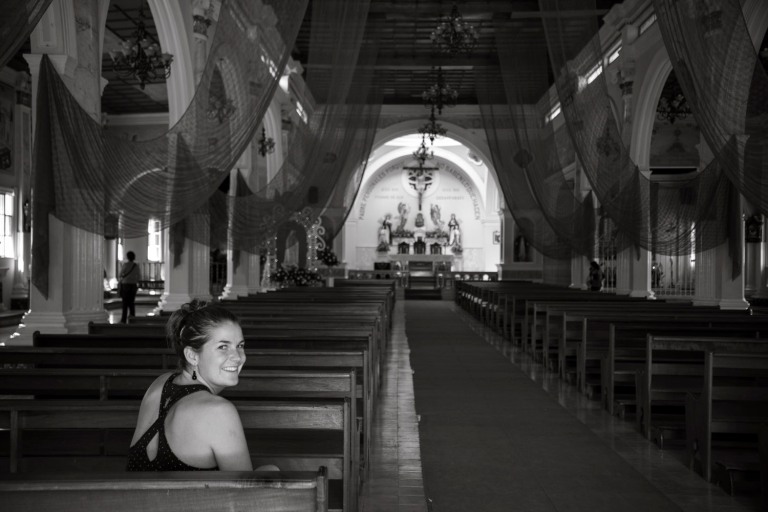
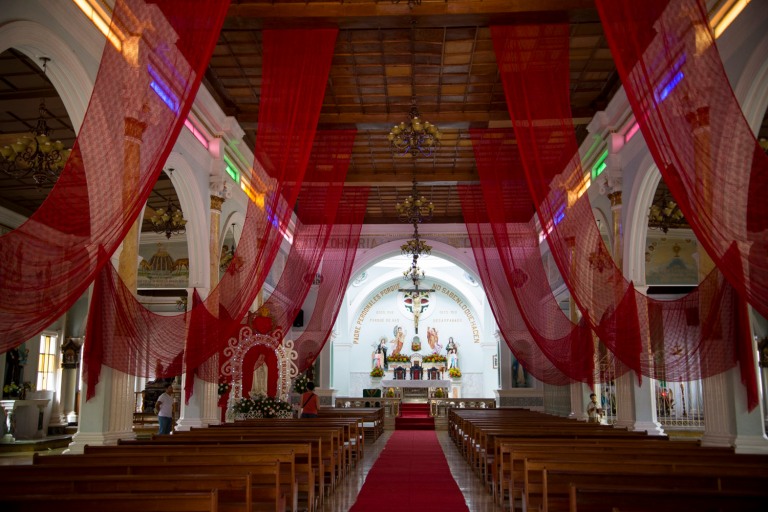

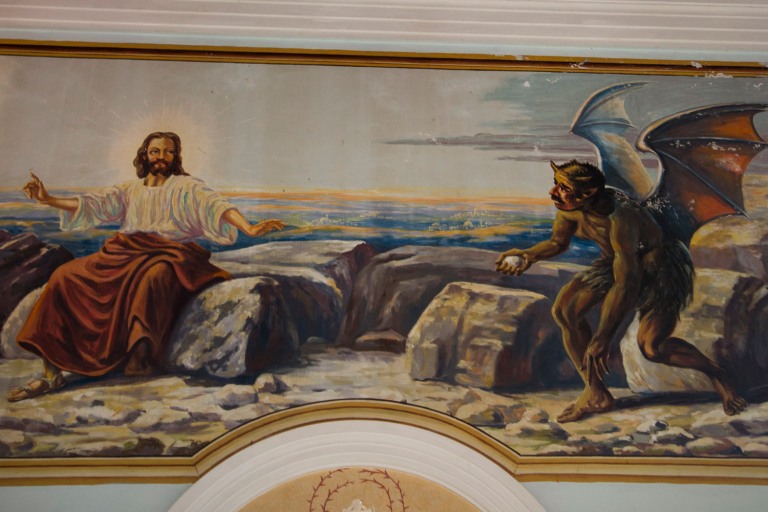
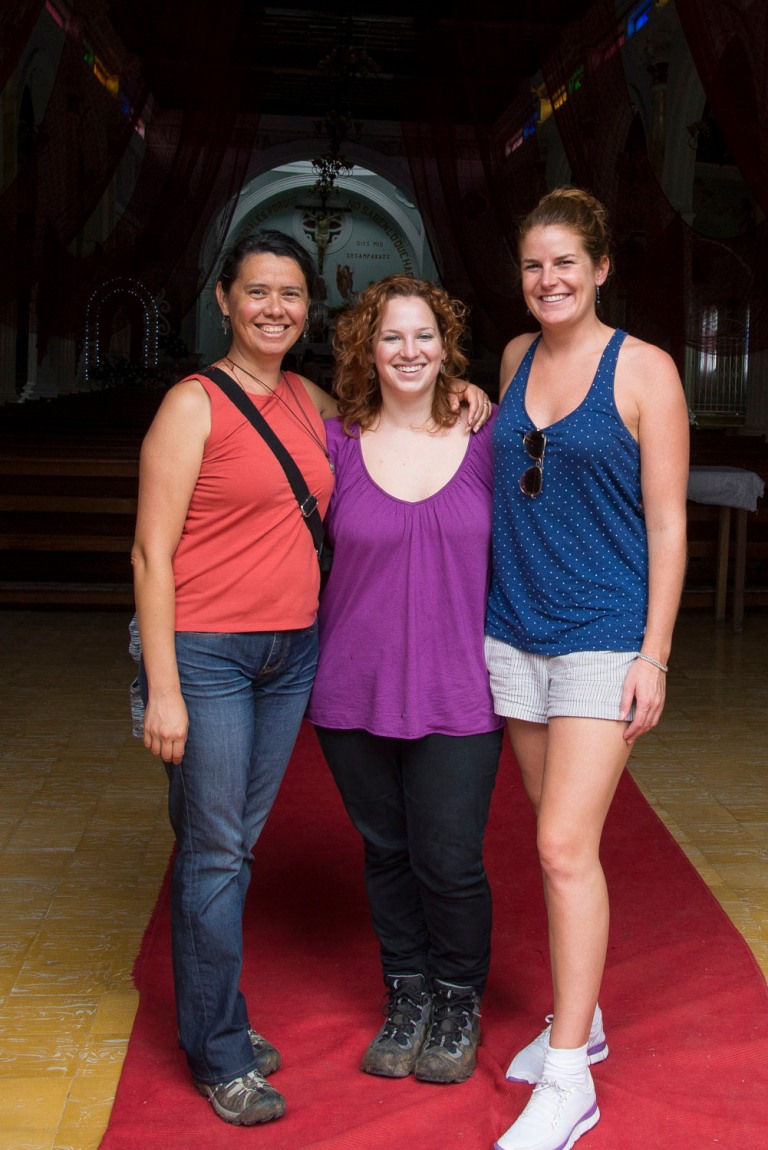
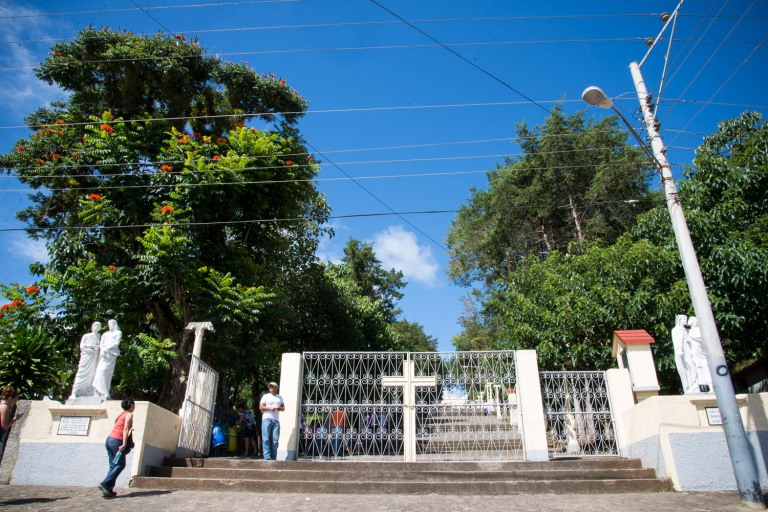
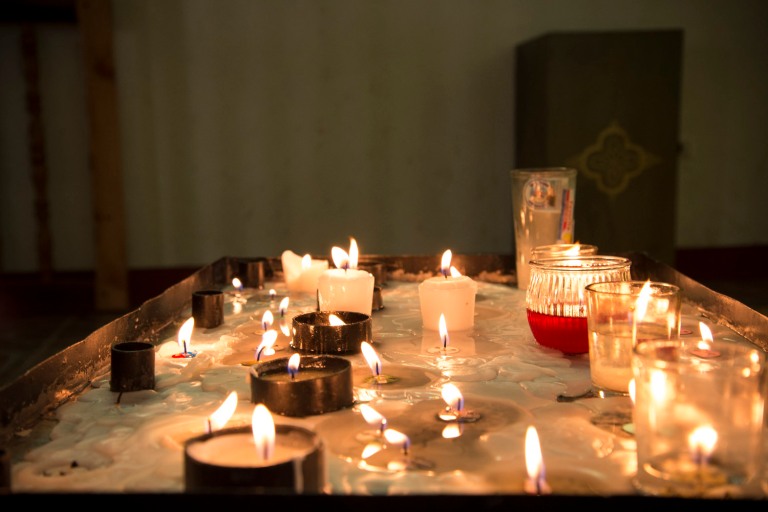
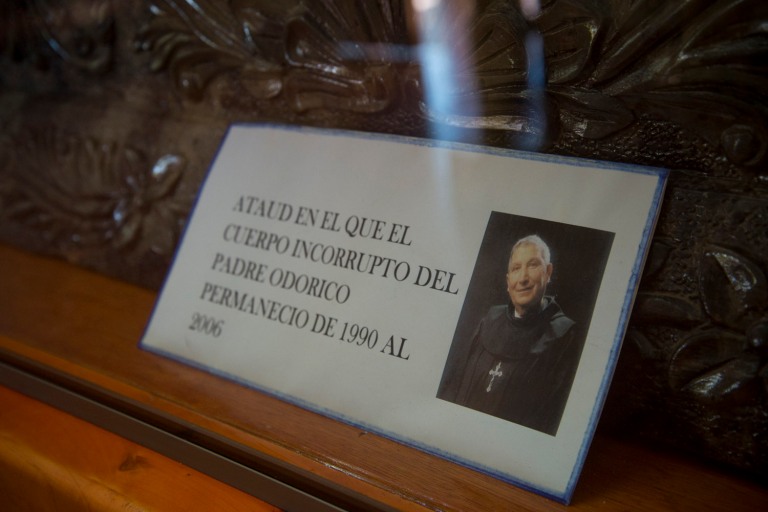
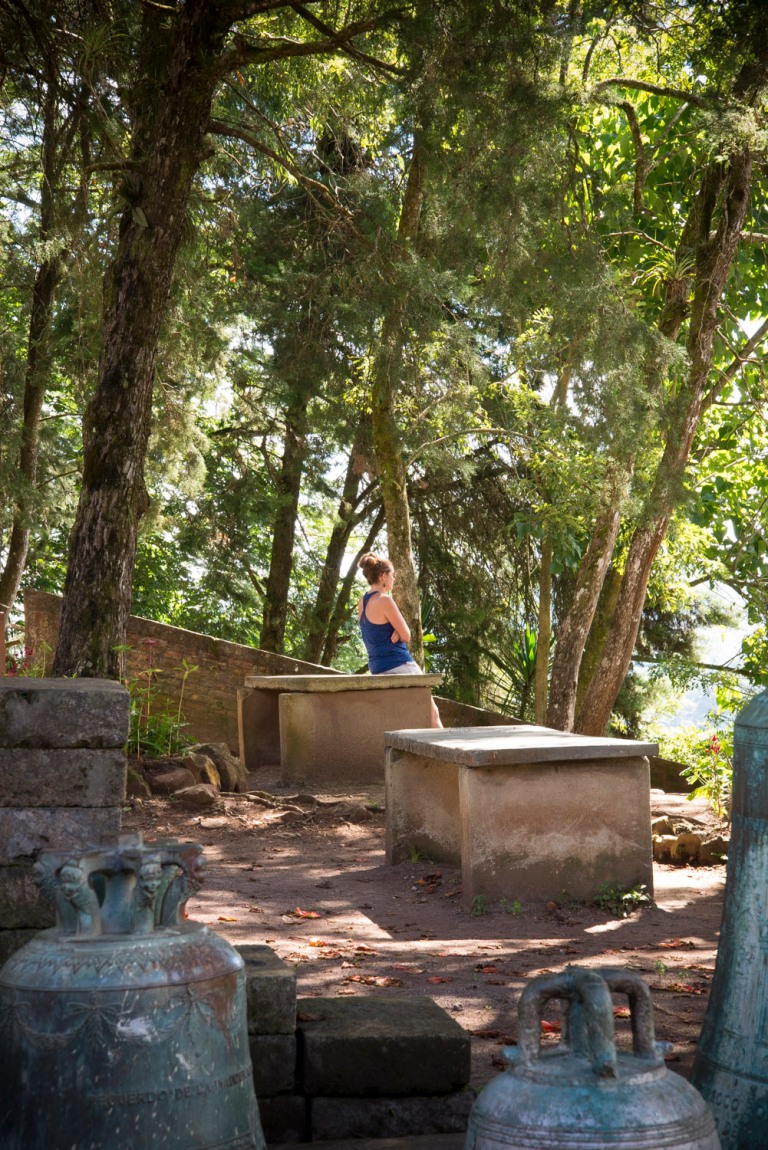
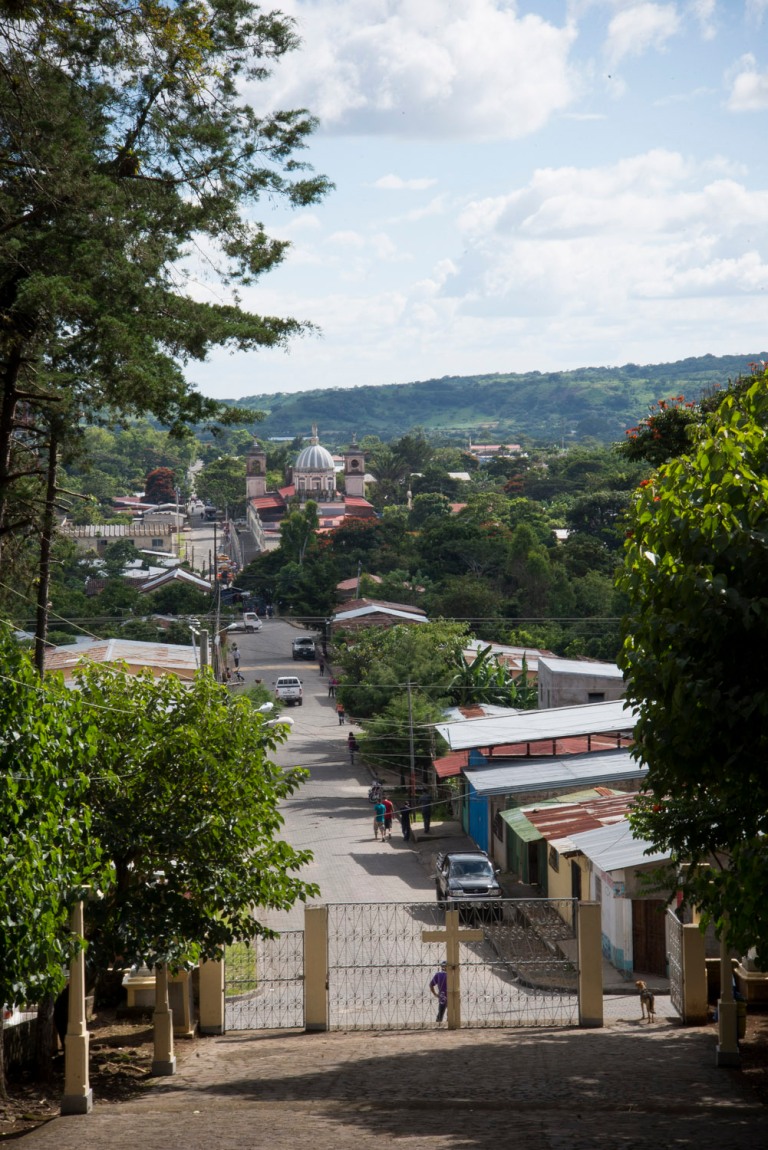
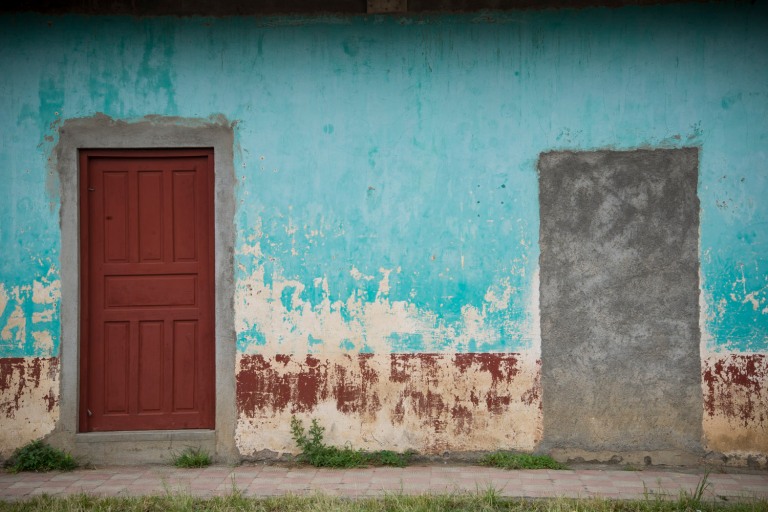
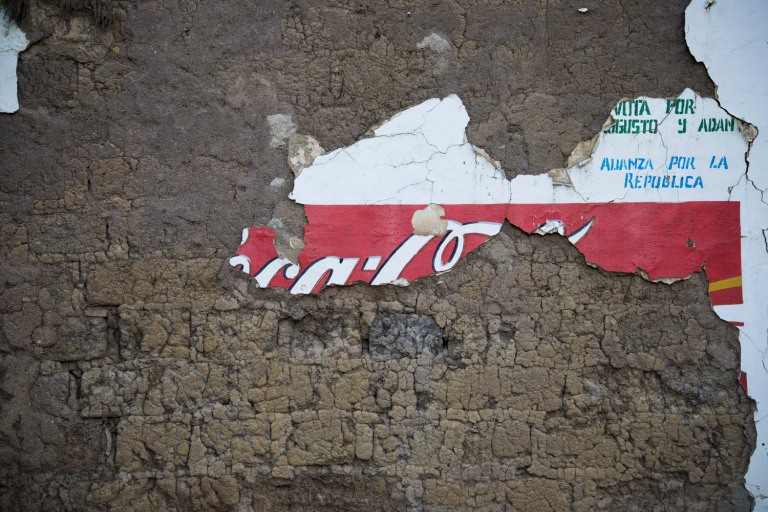
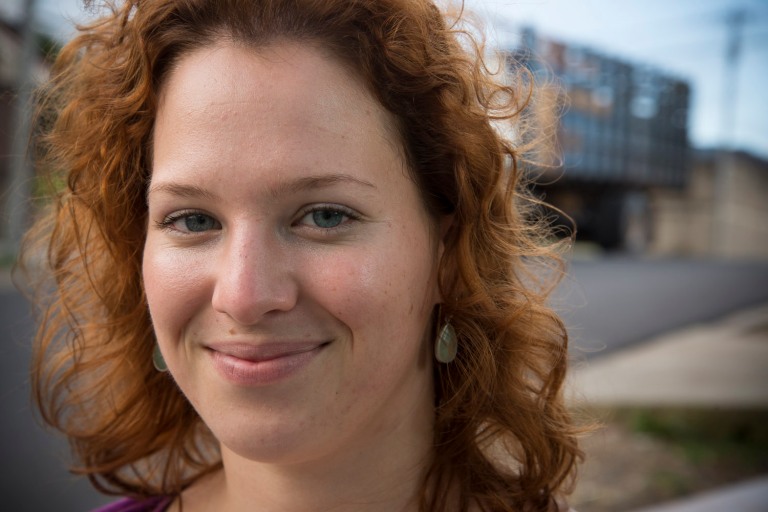

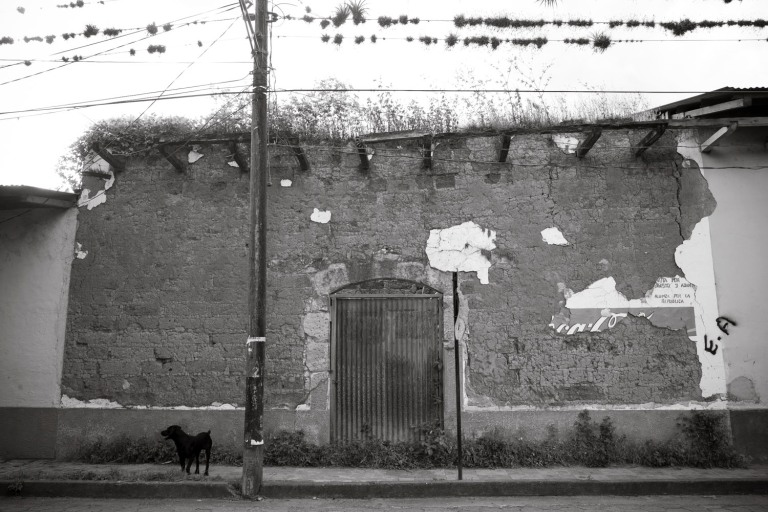
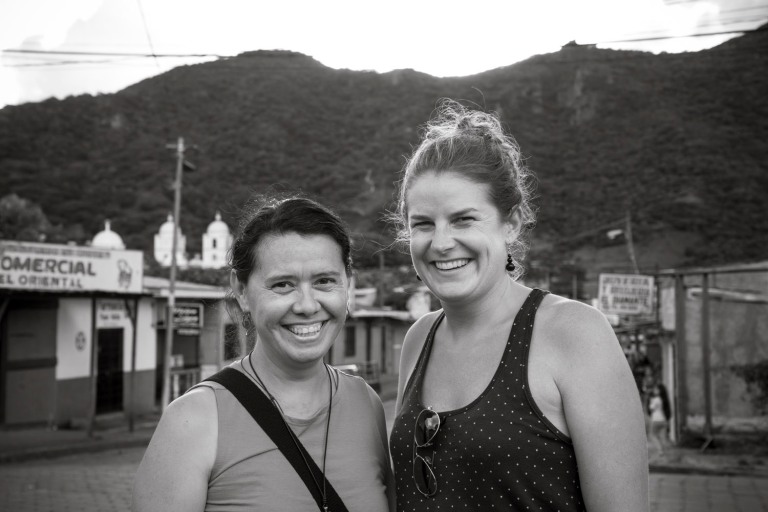
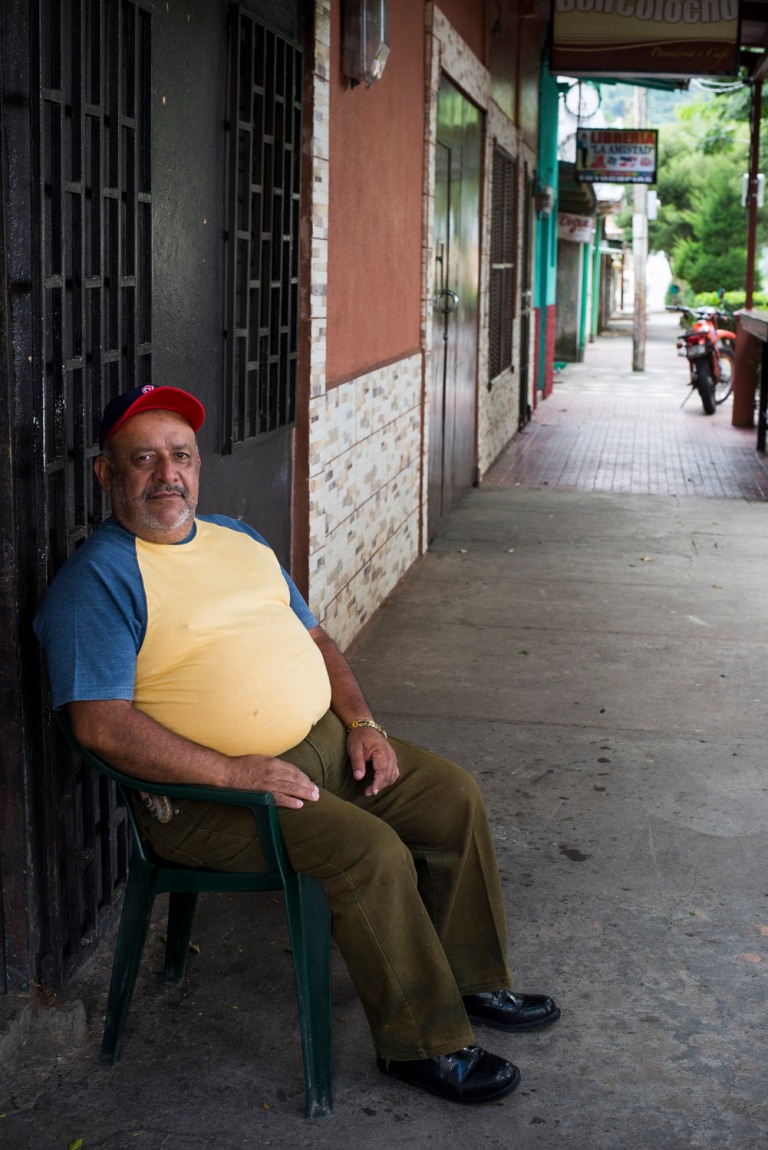
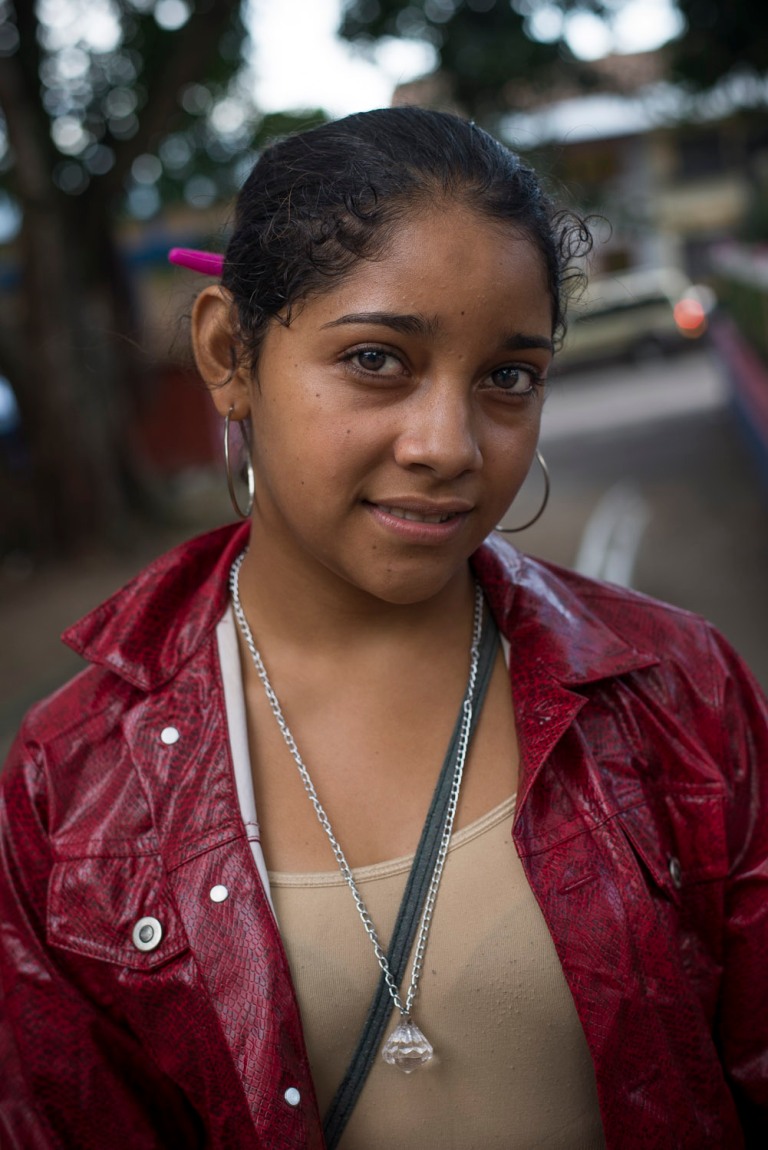

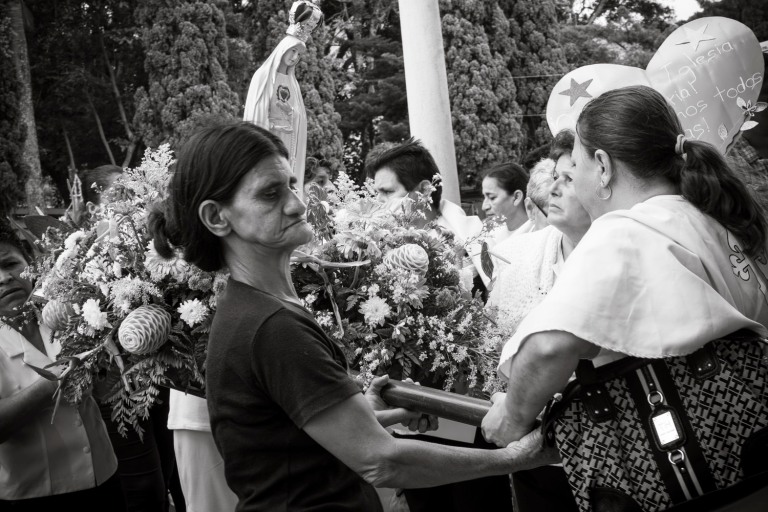
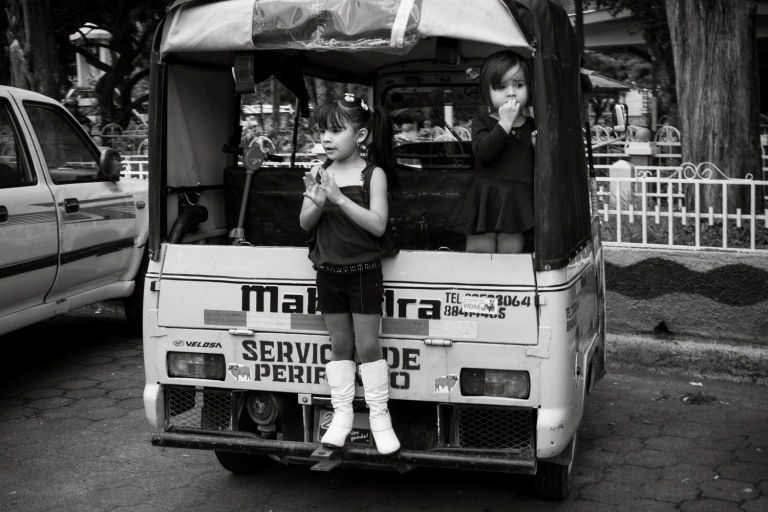
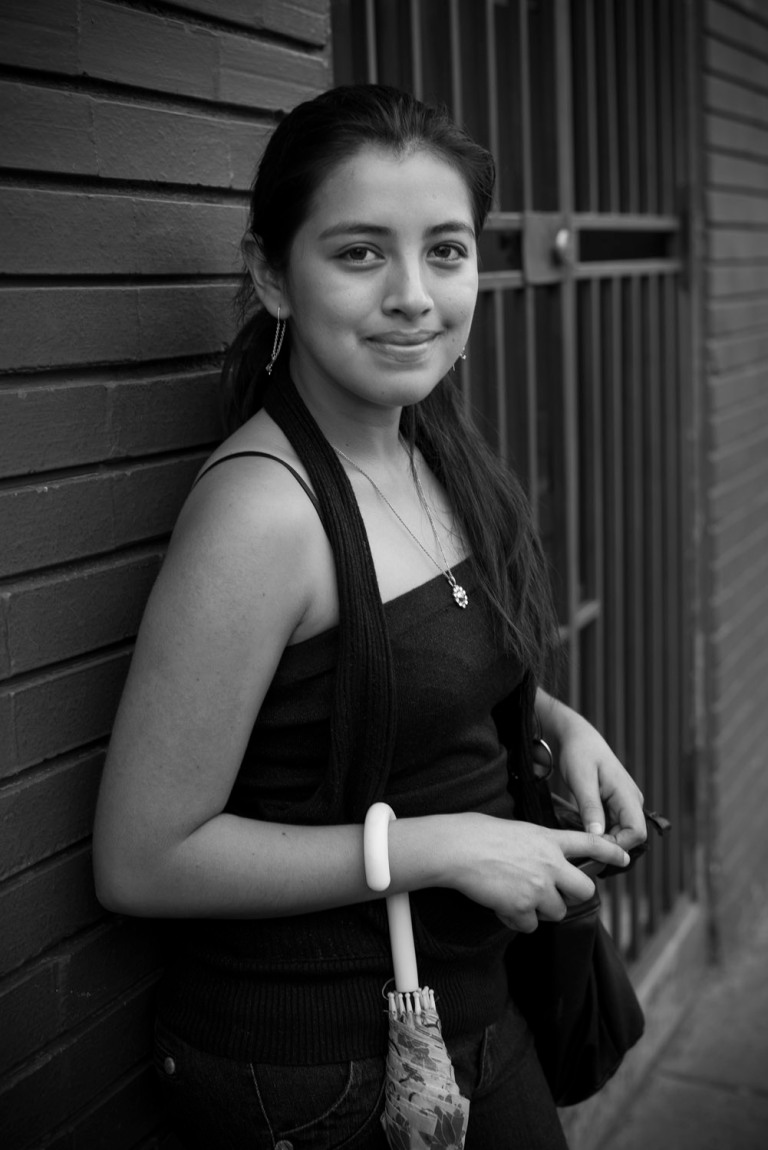
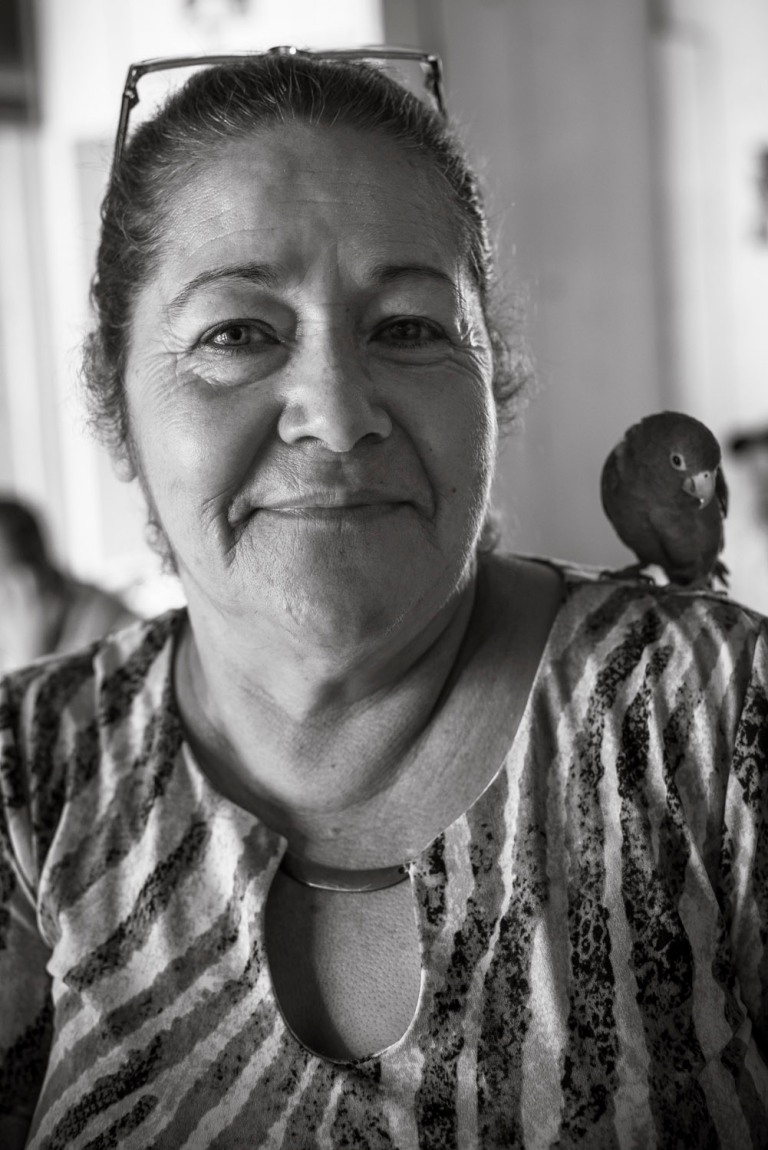
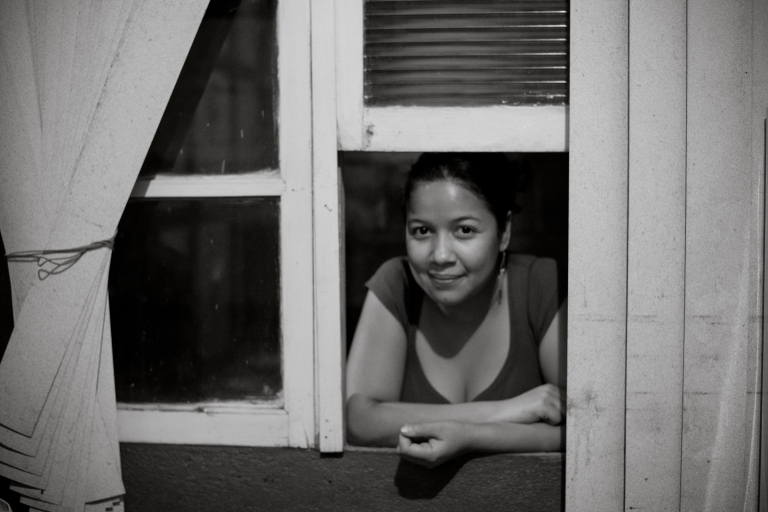
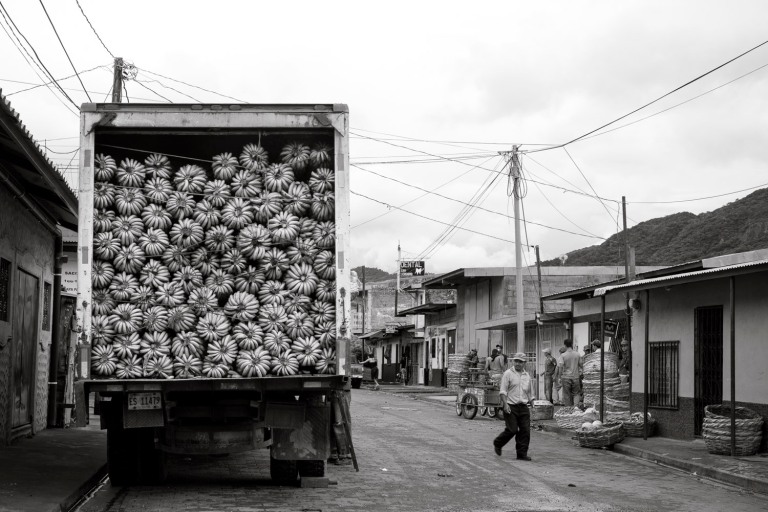
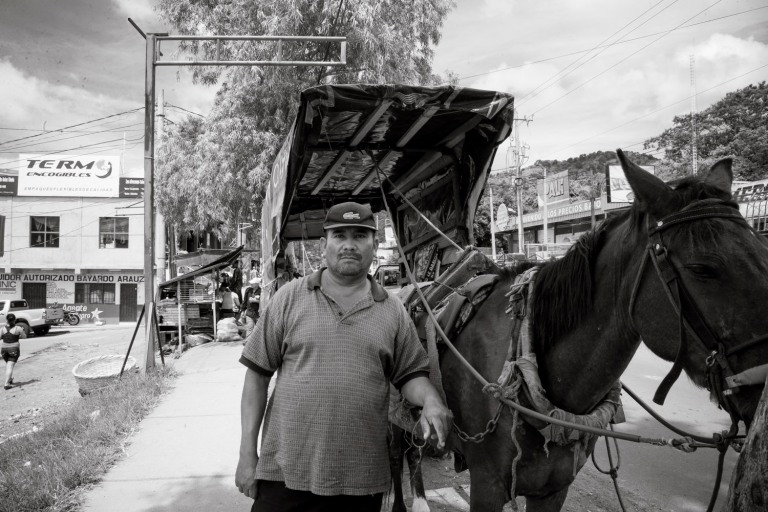


One thought on “Food 4 Farmers in Nicaragua – Part II”